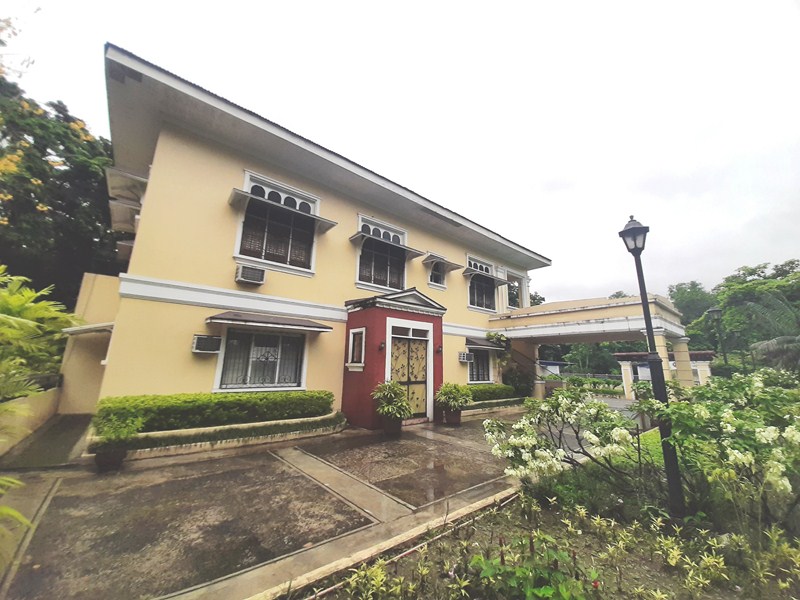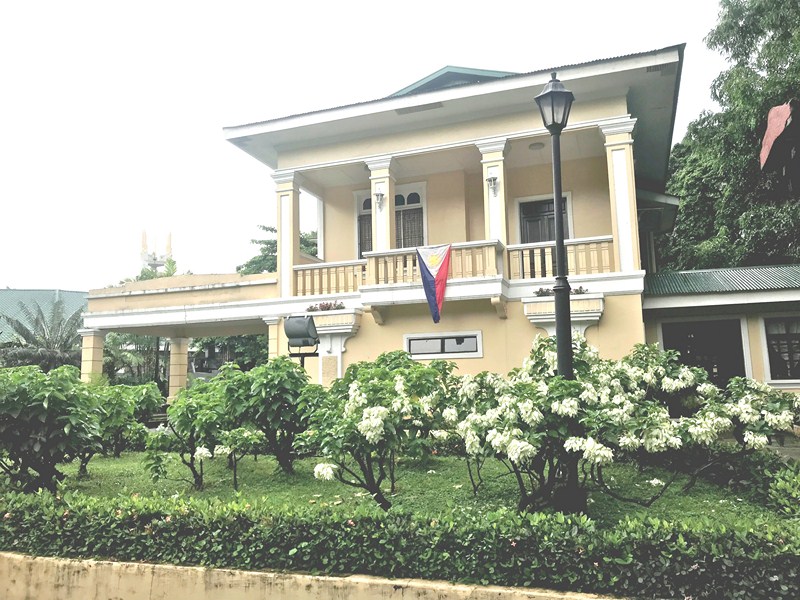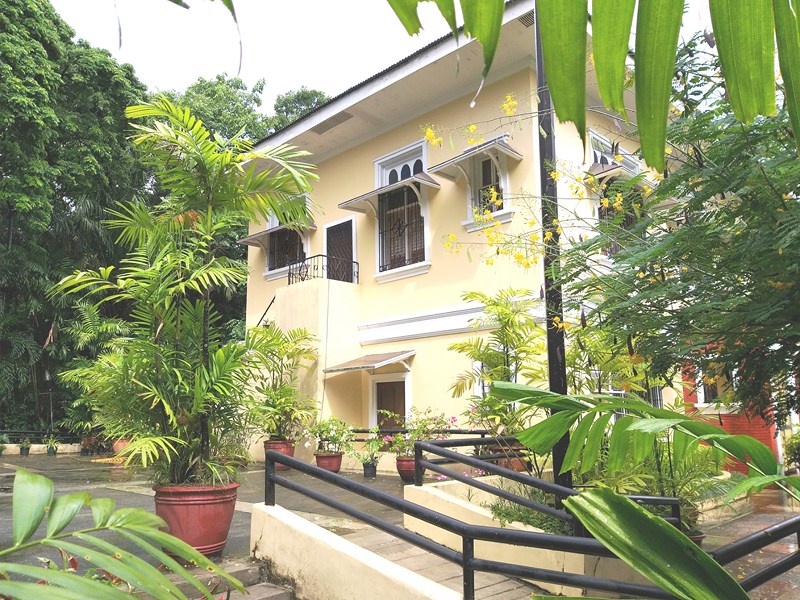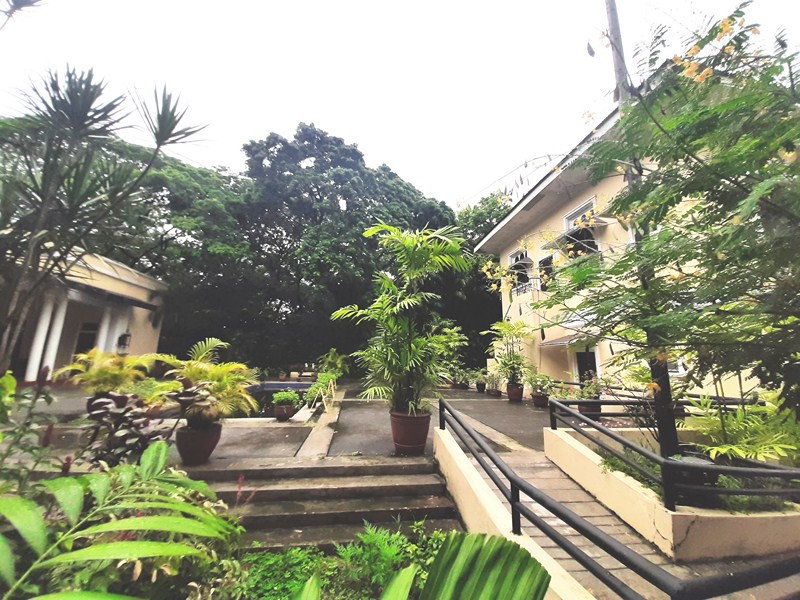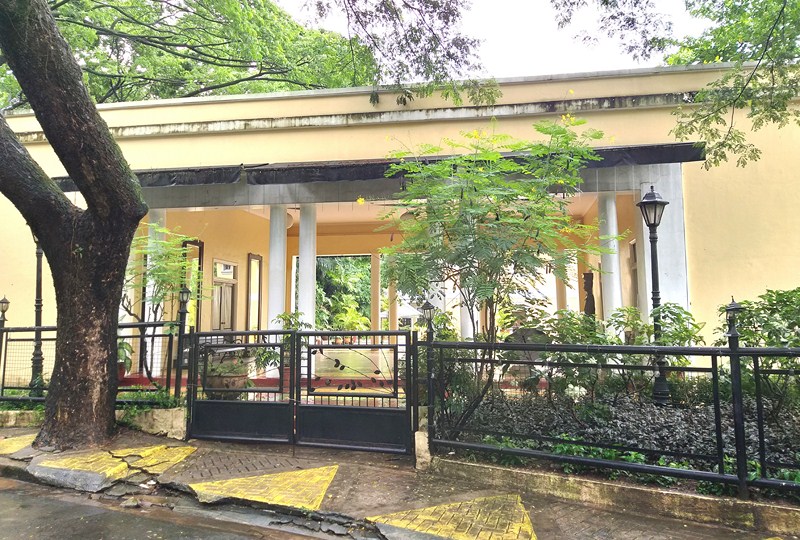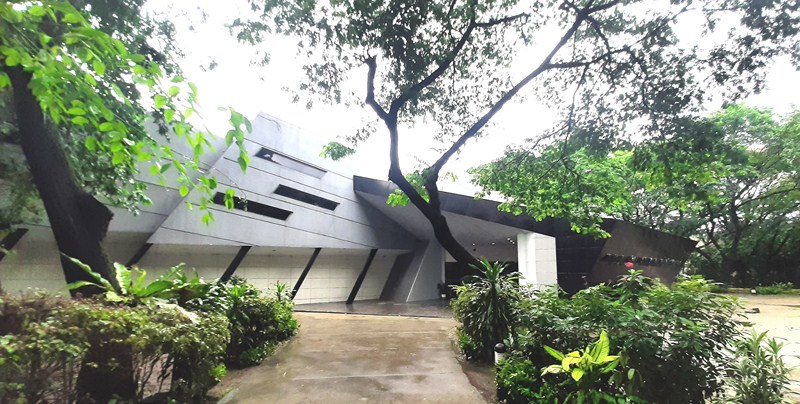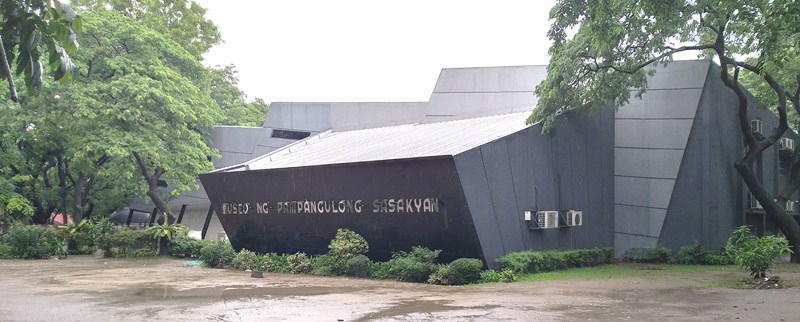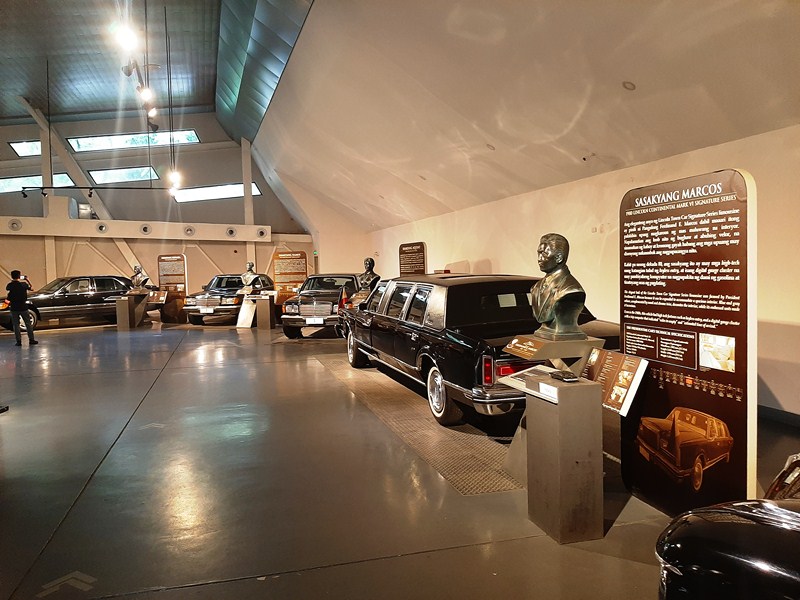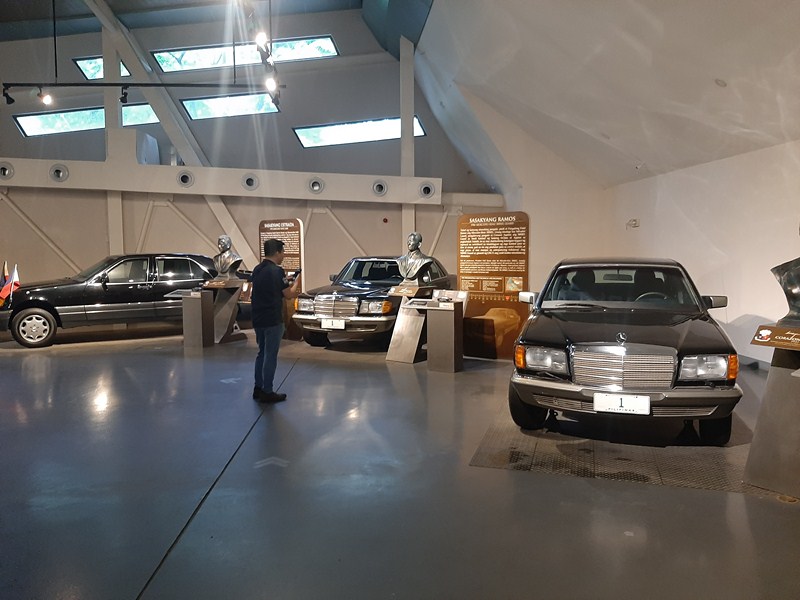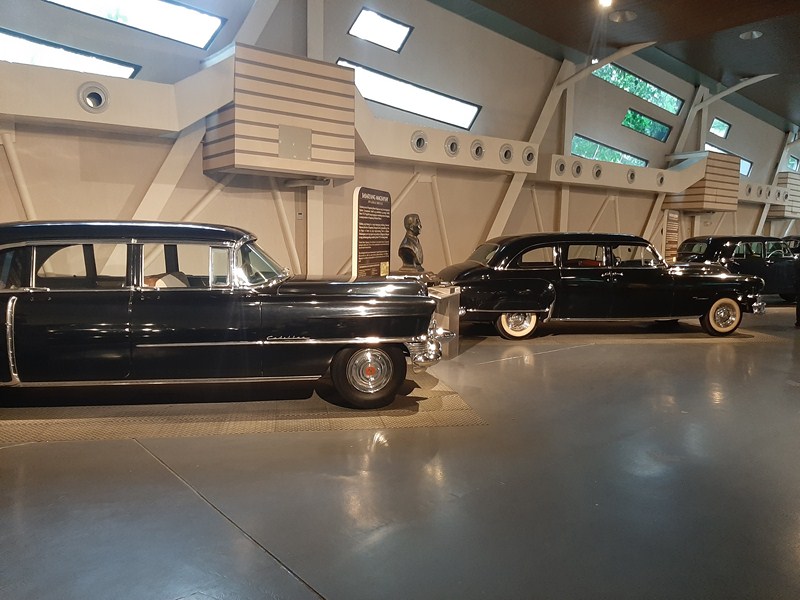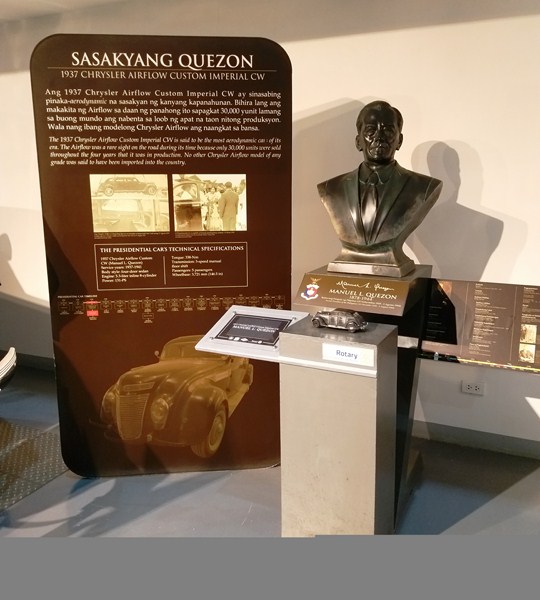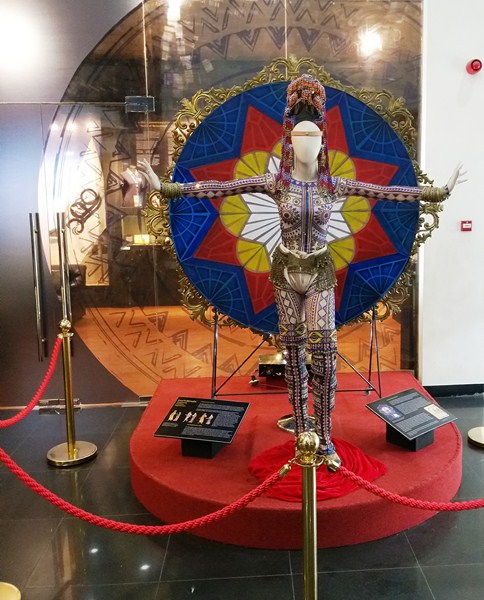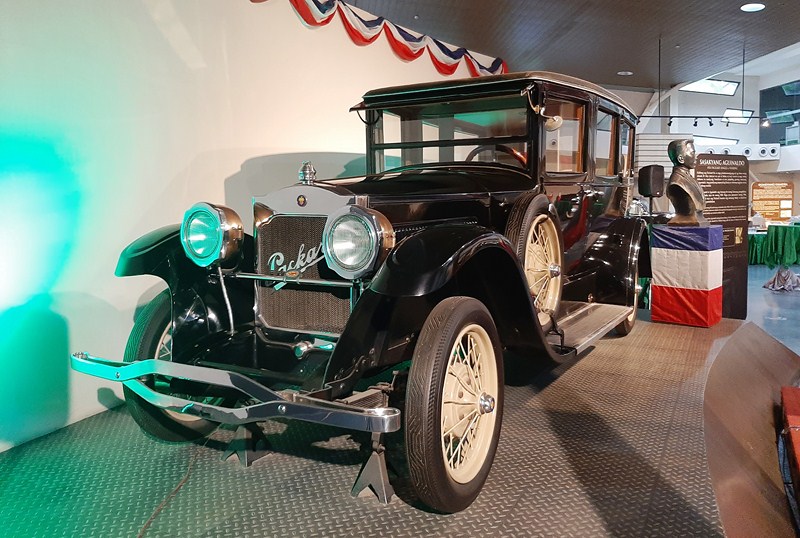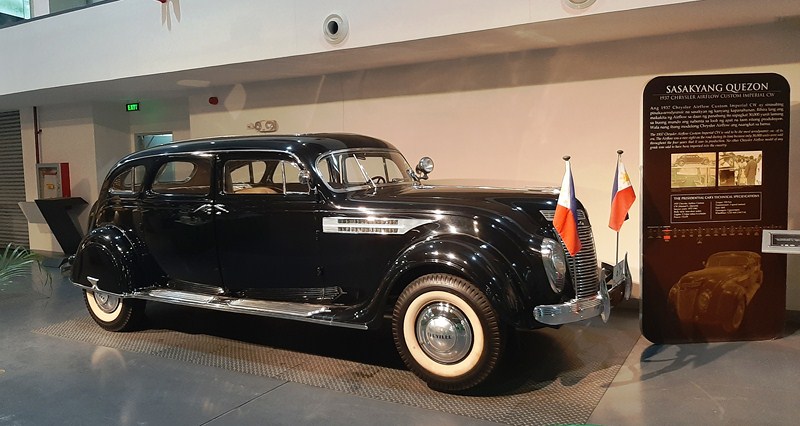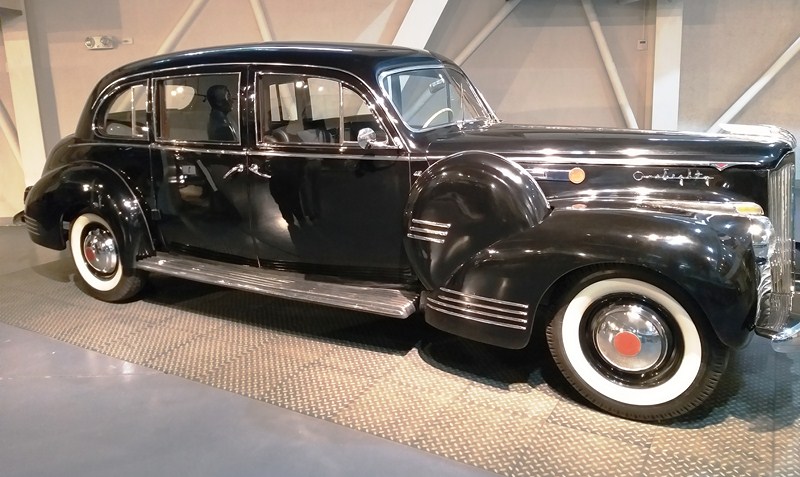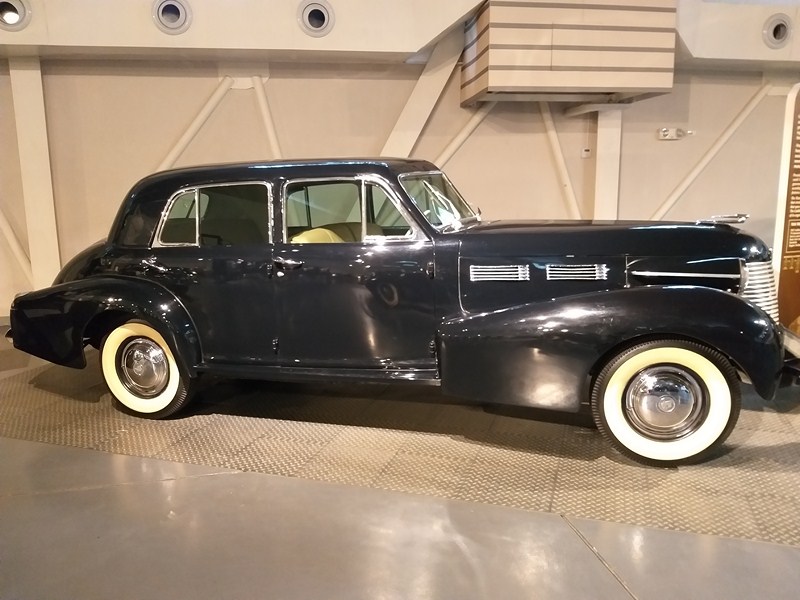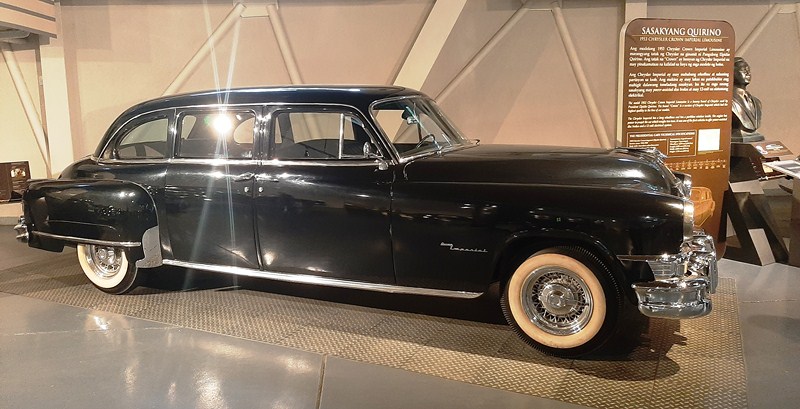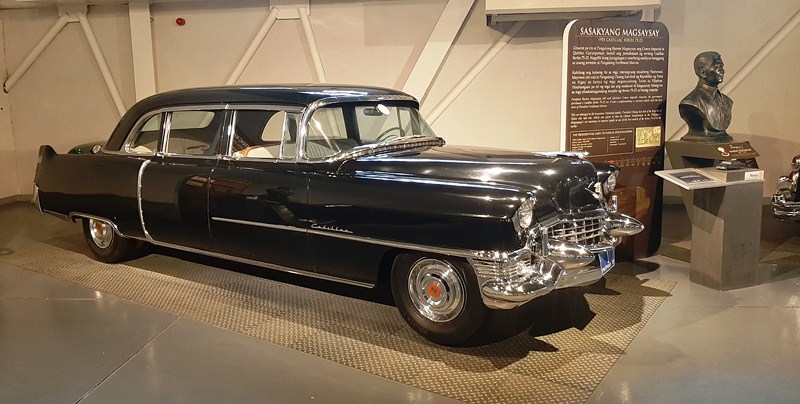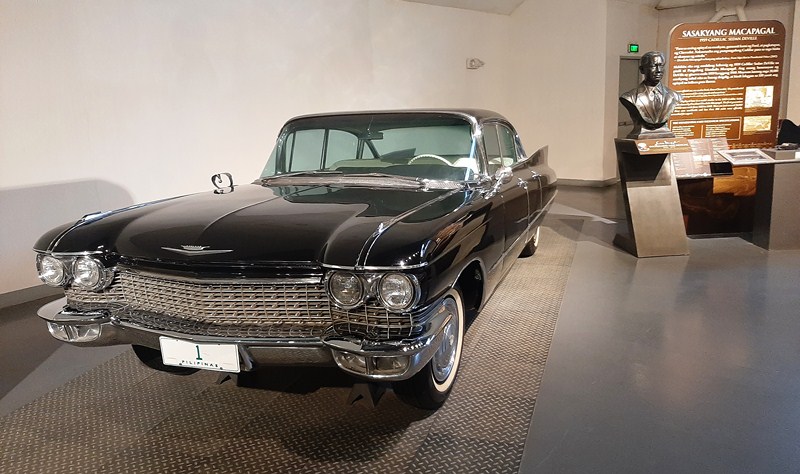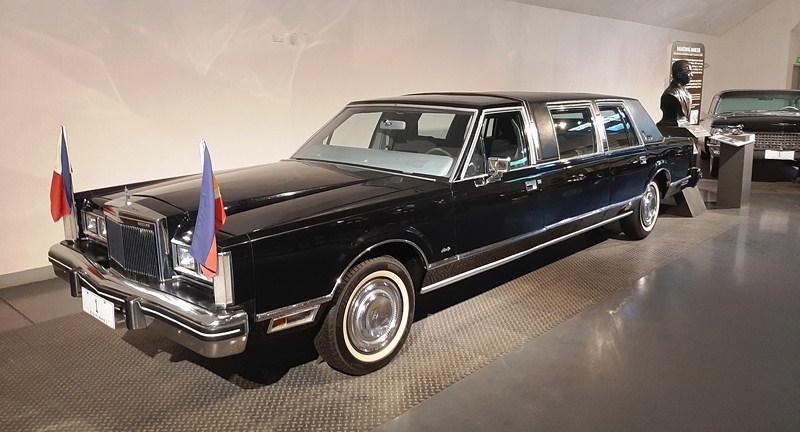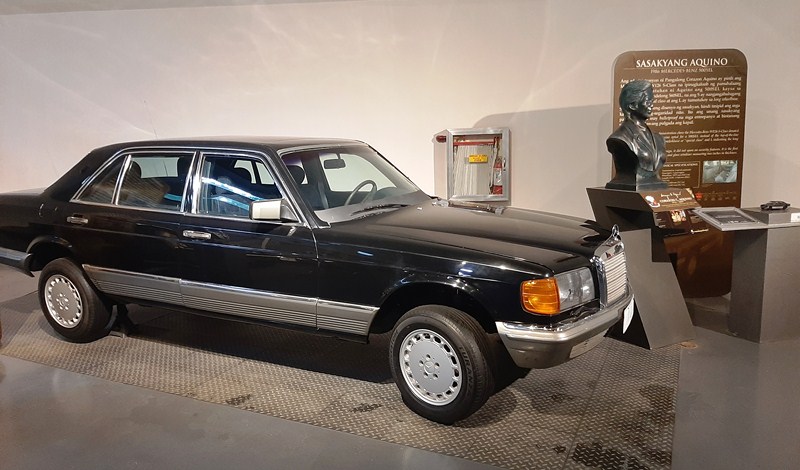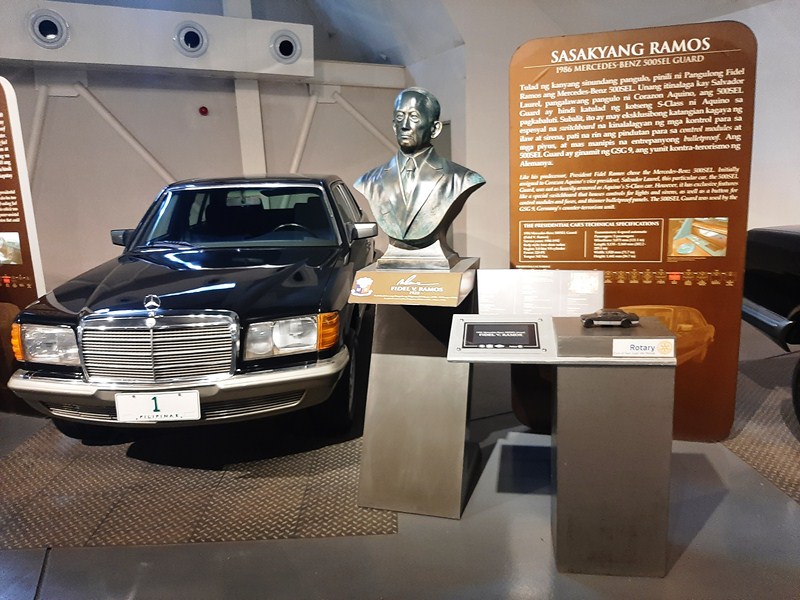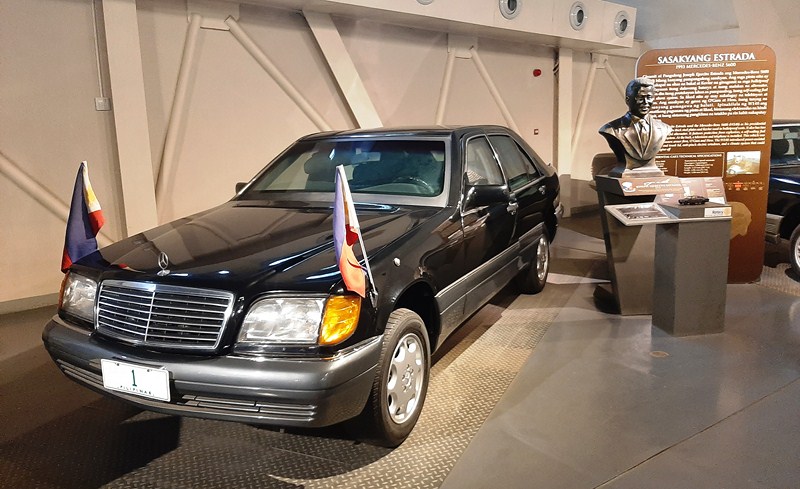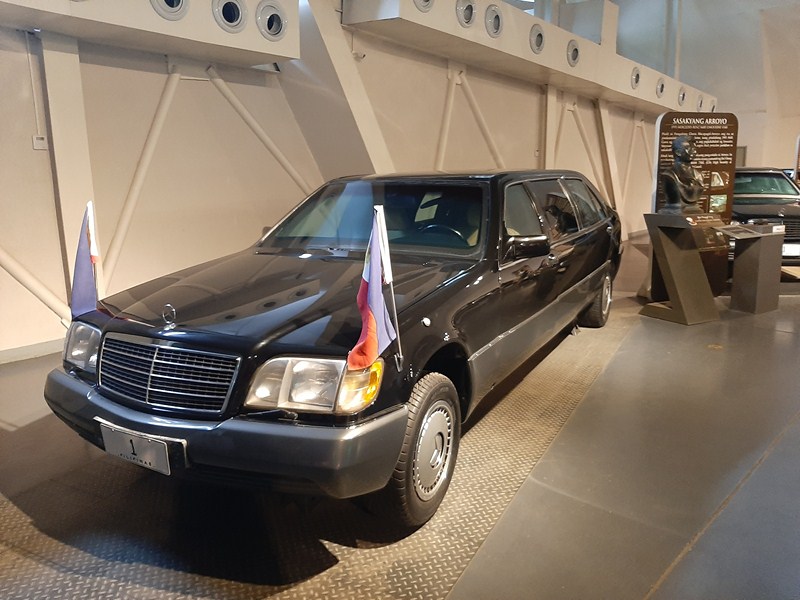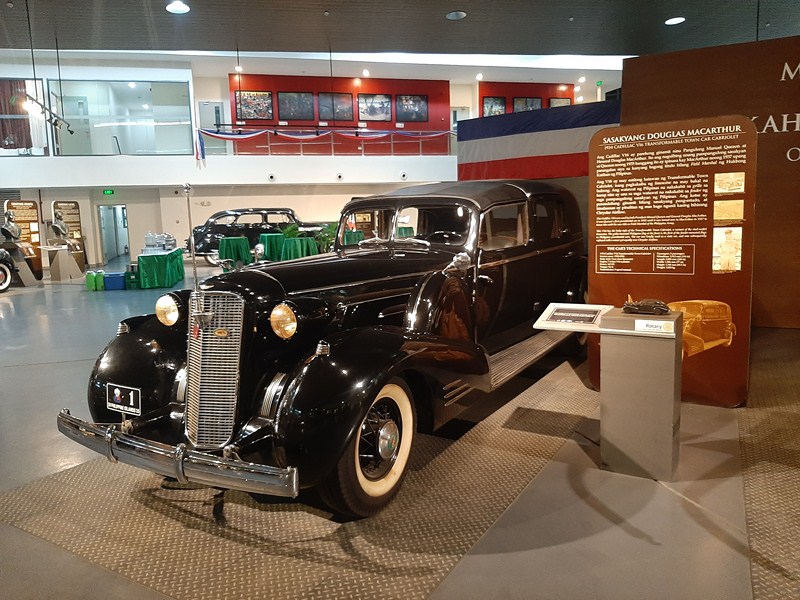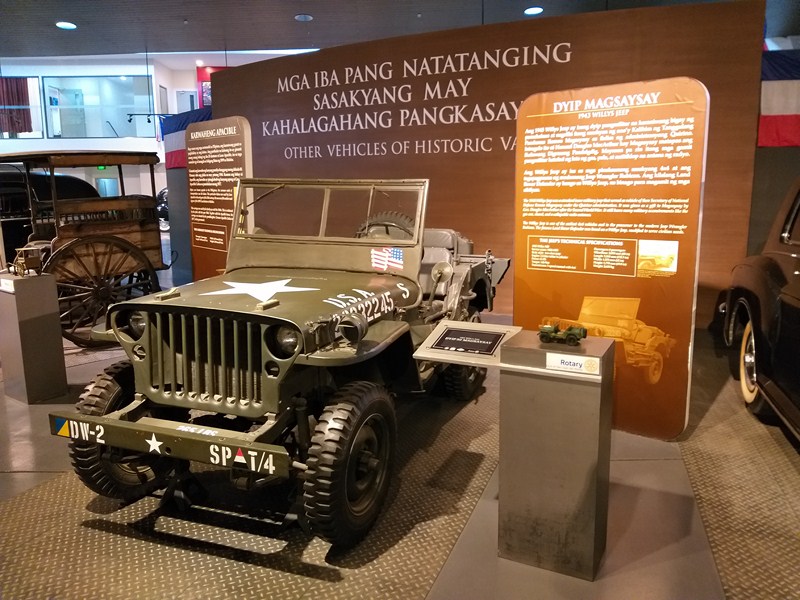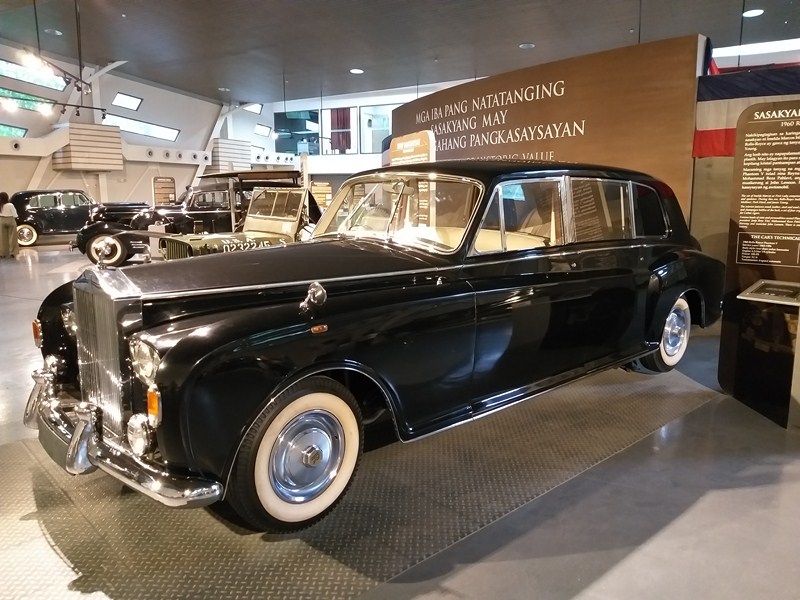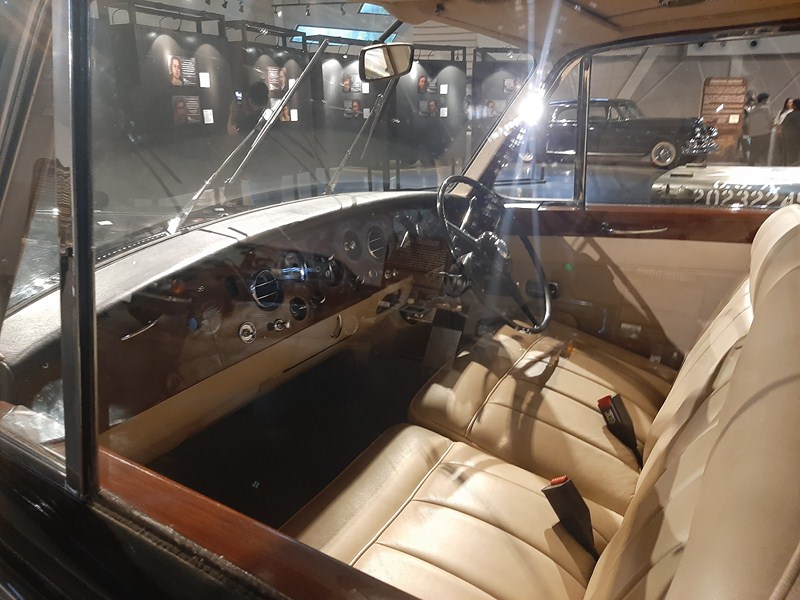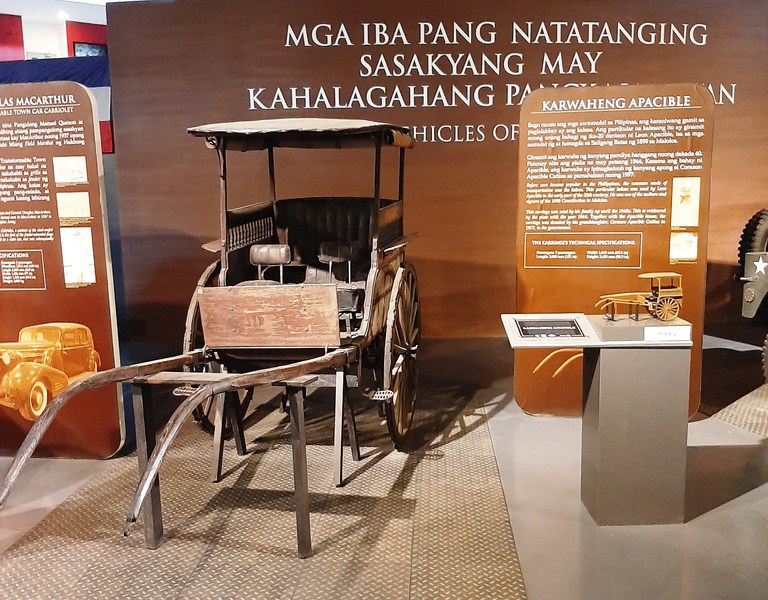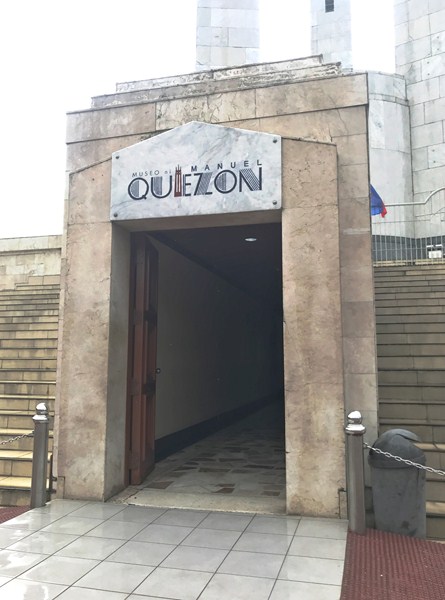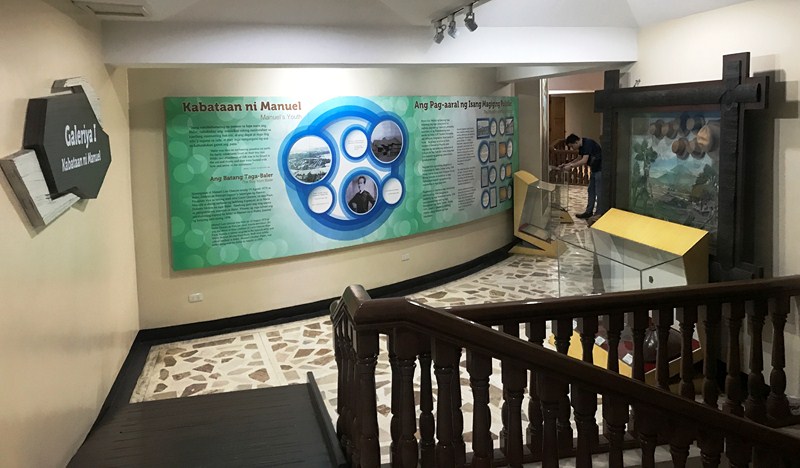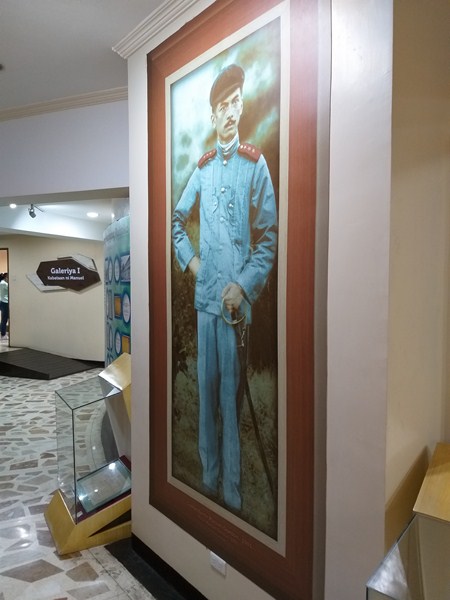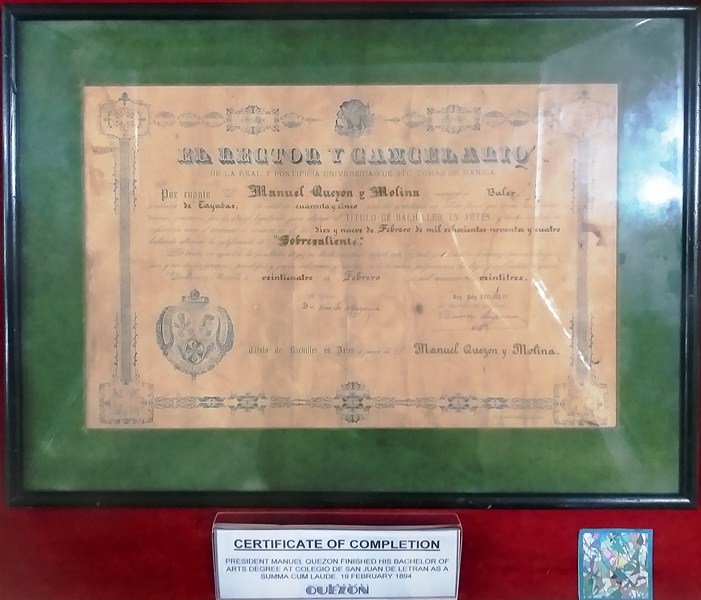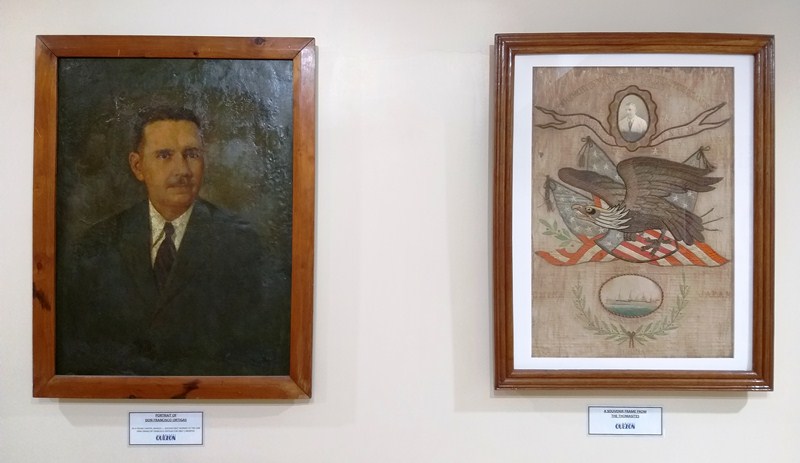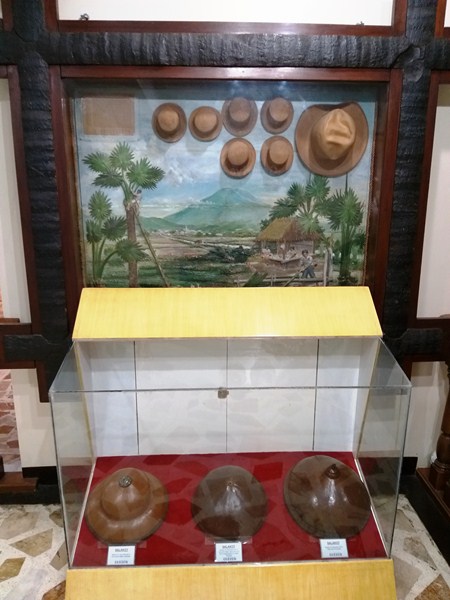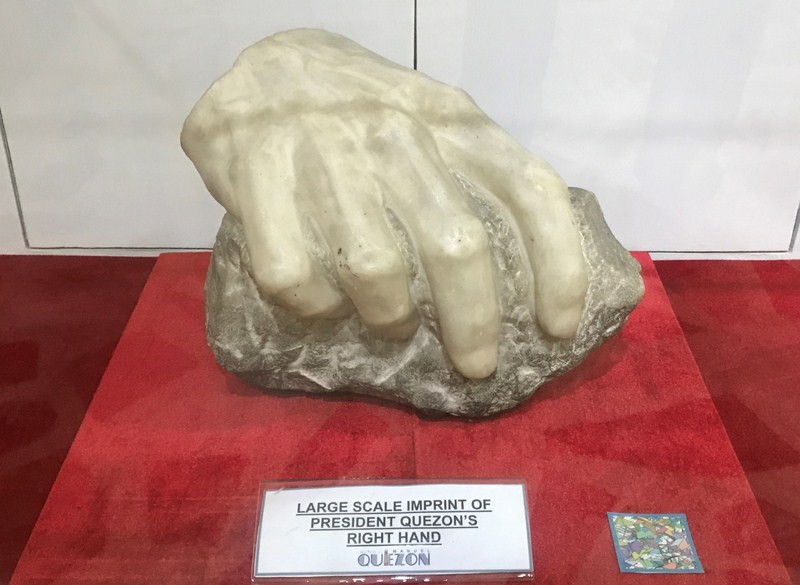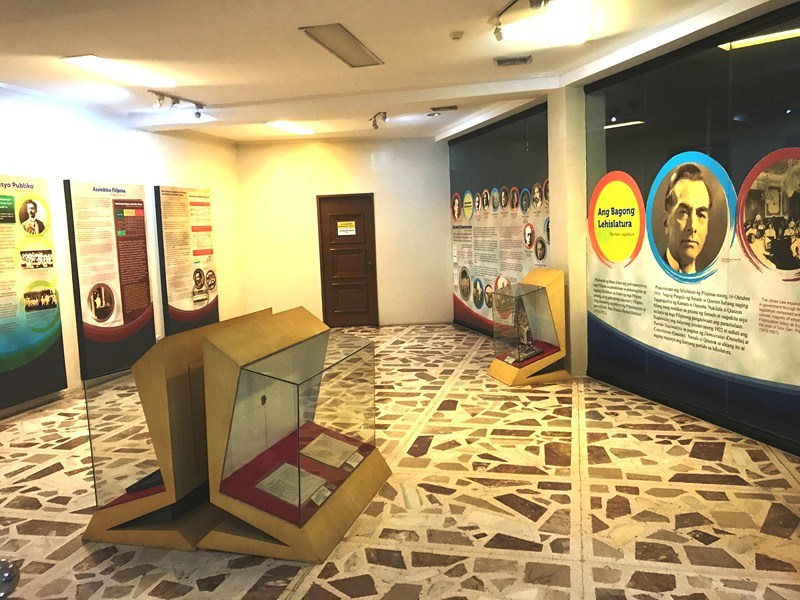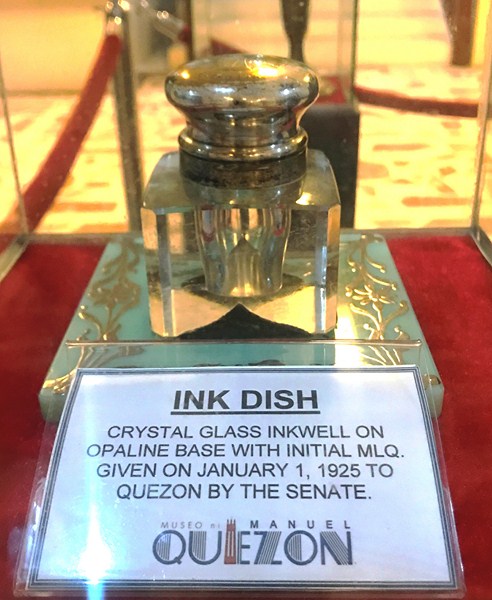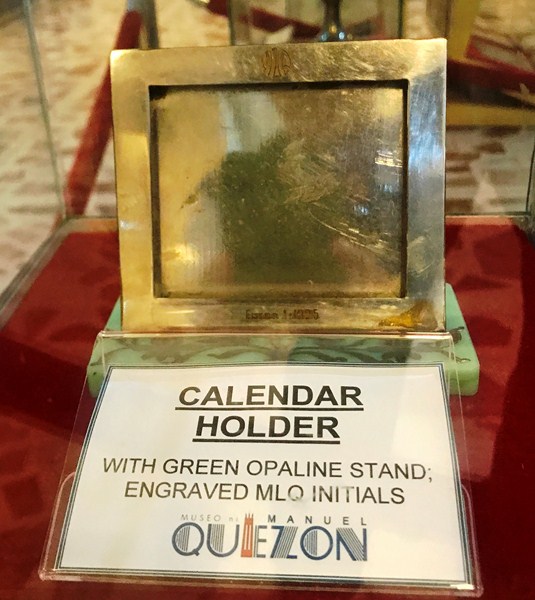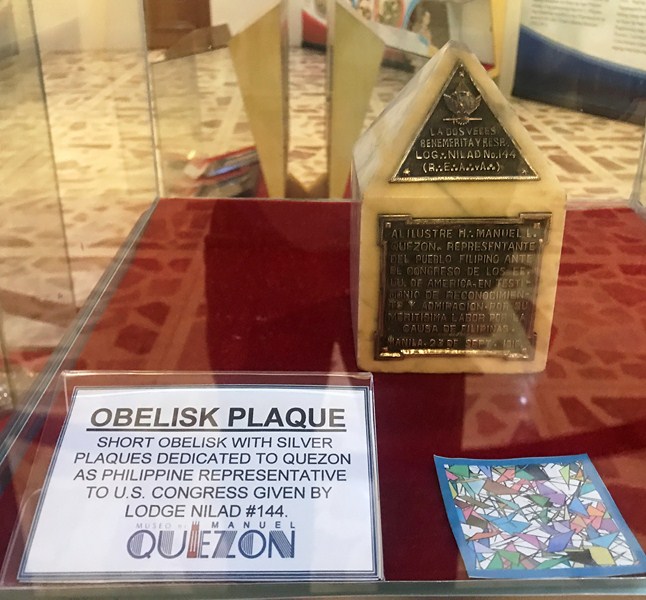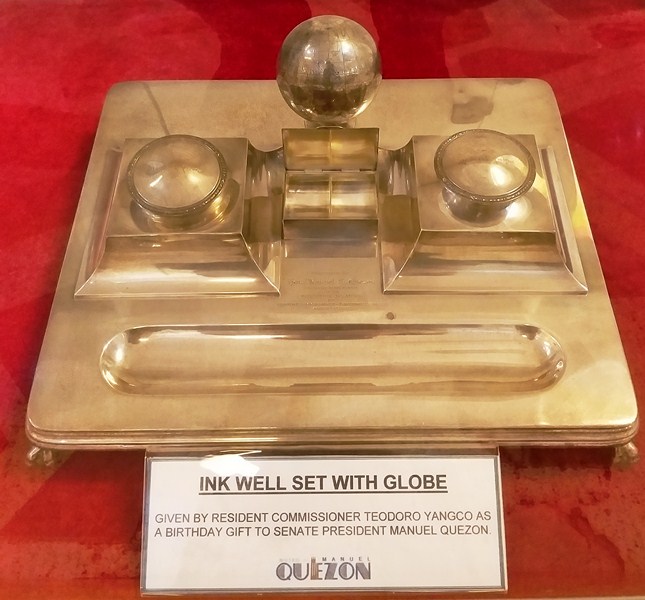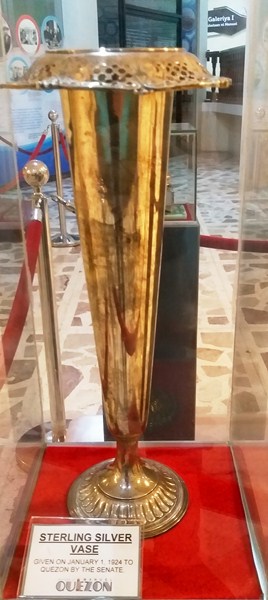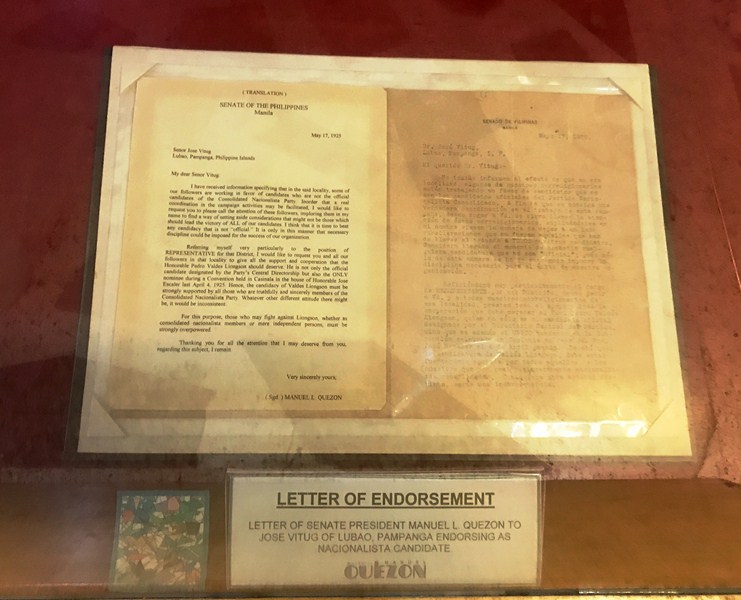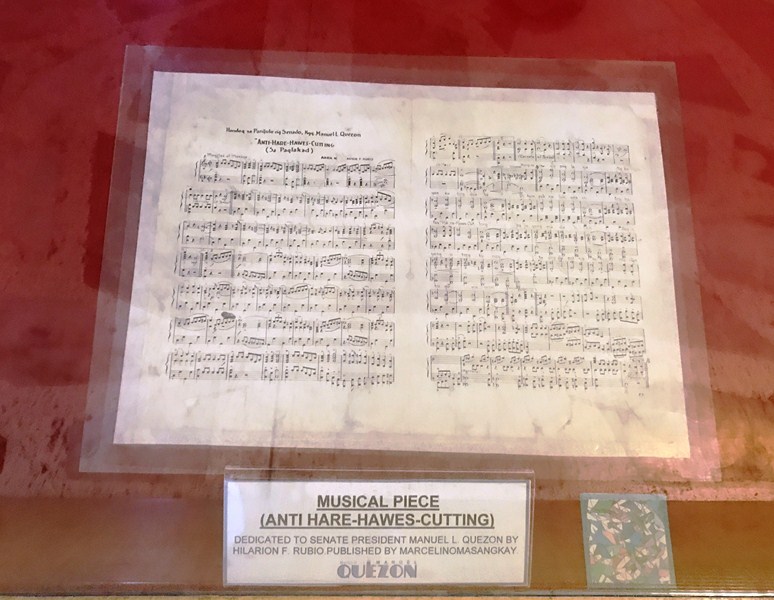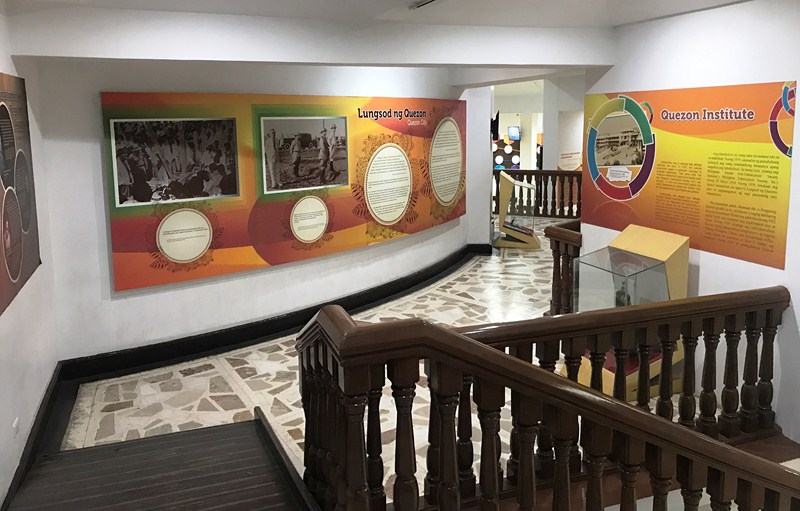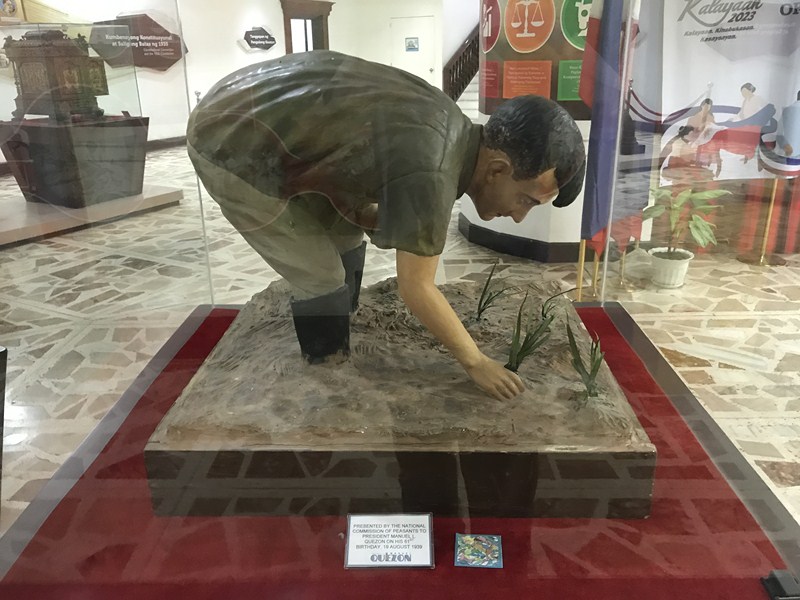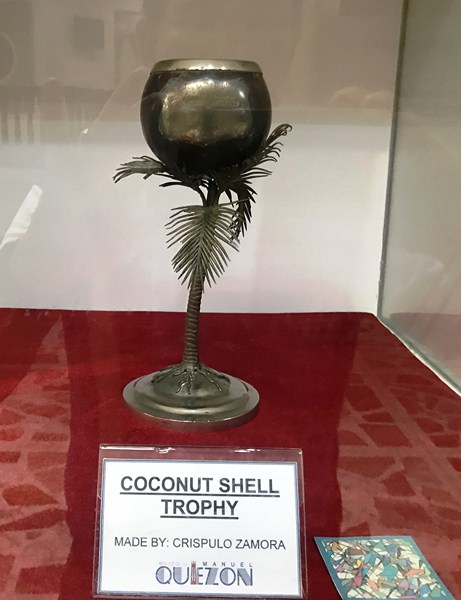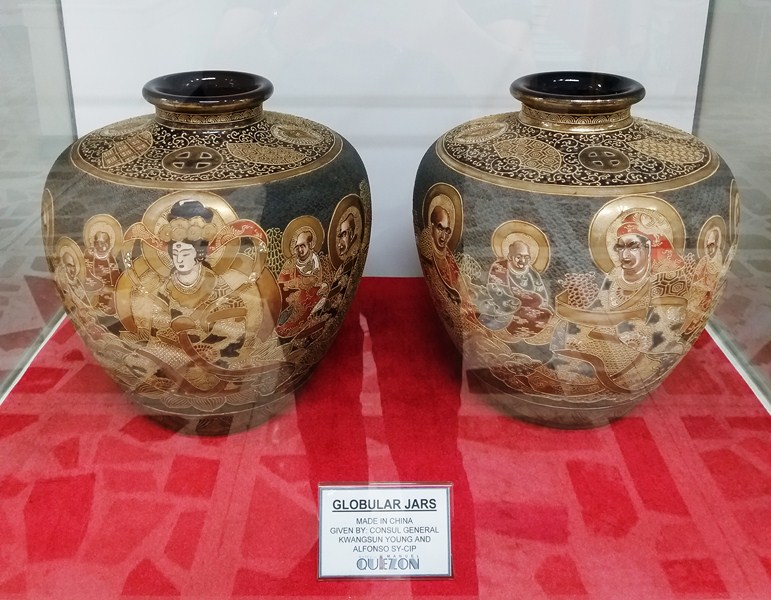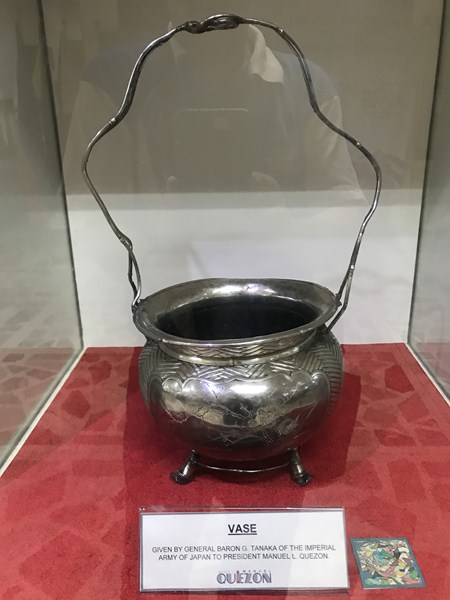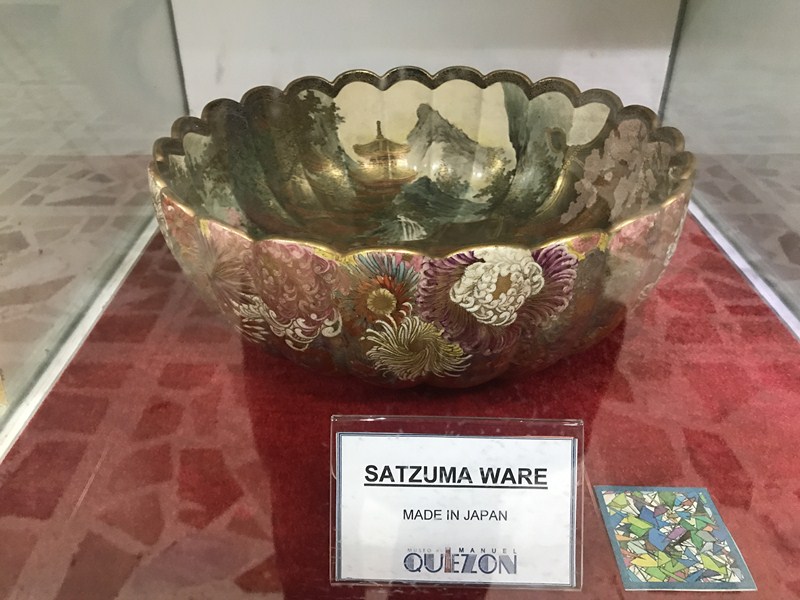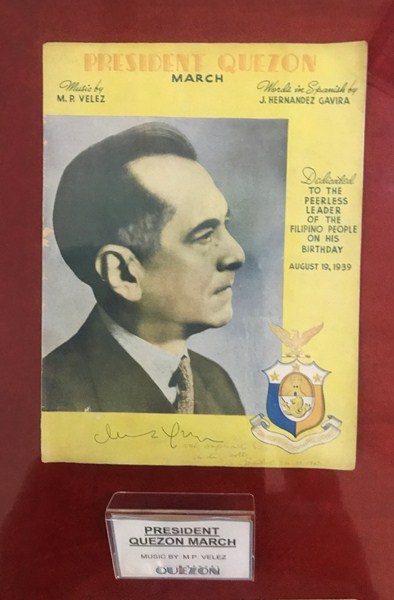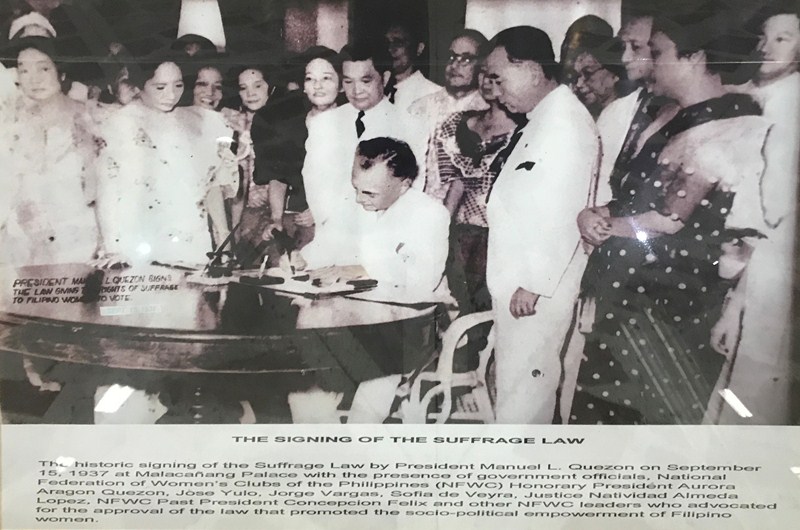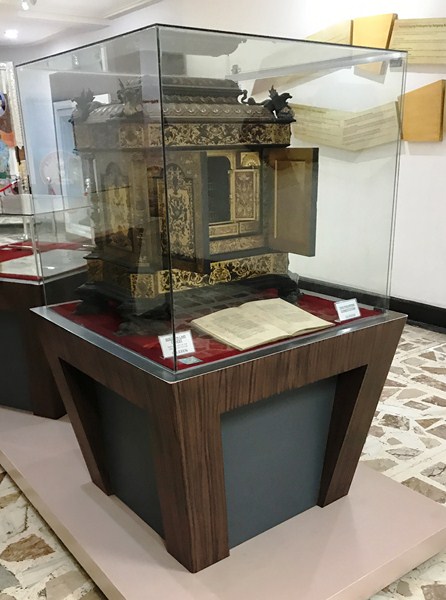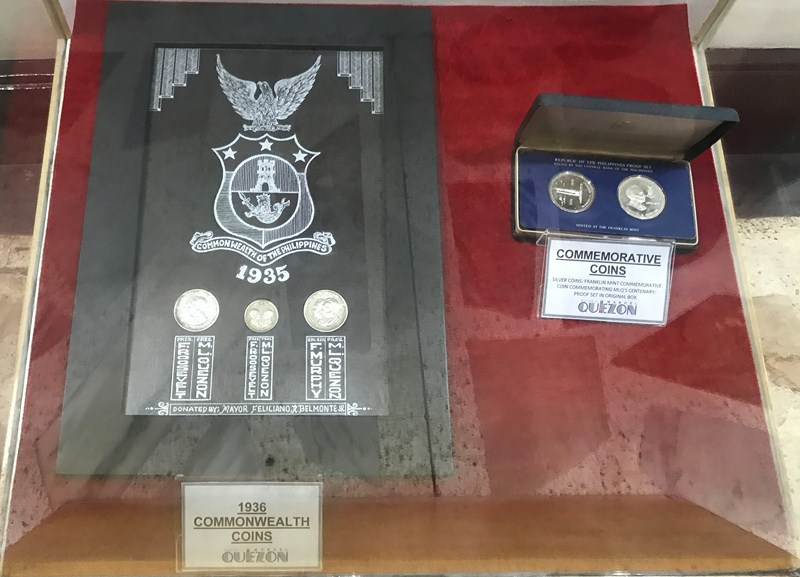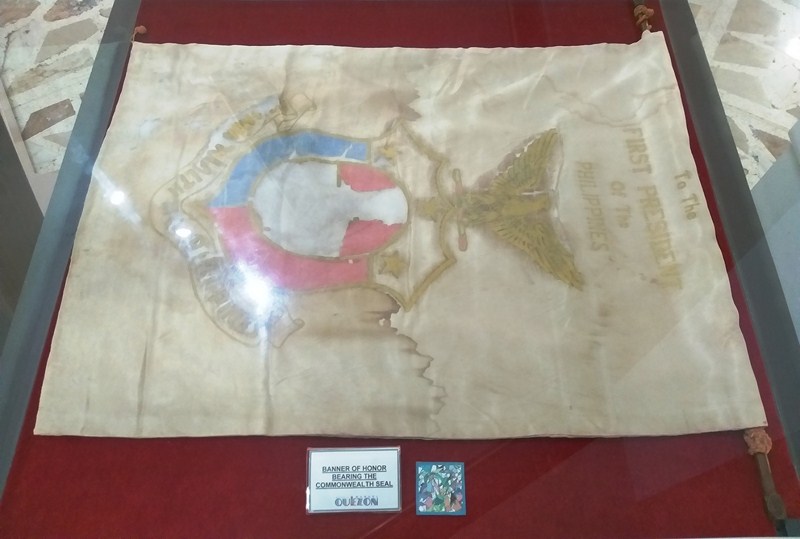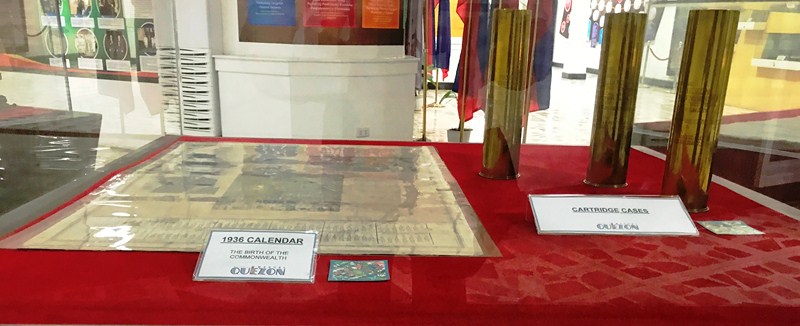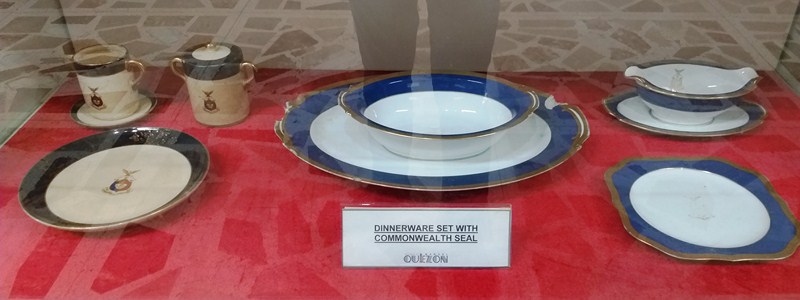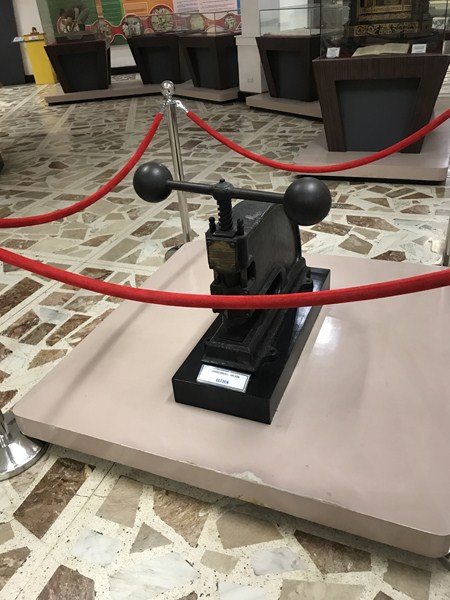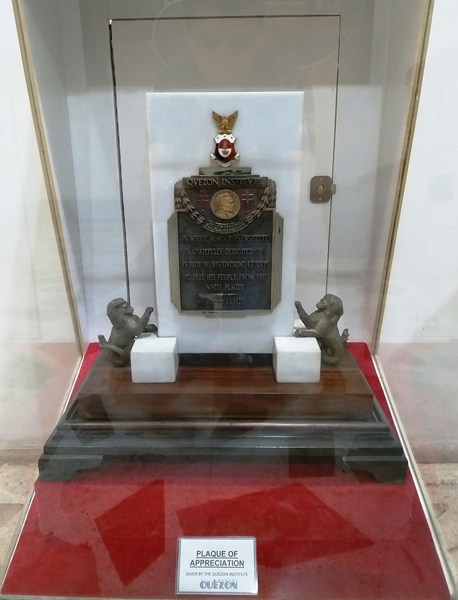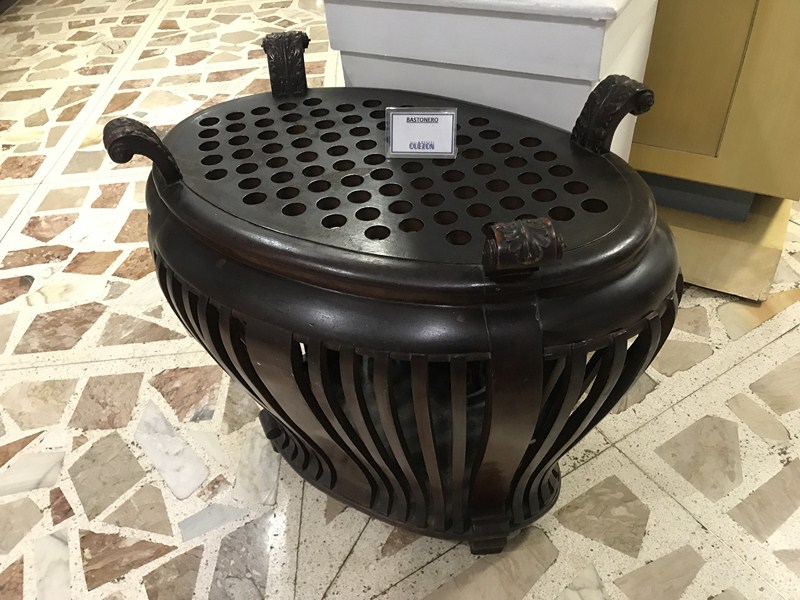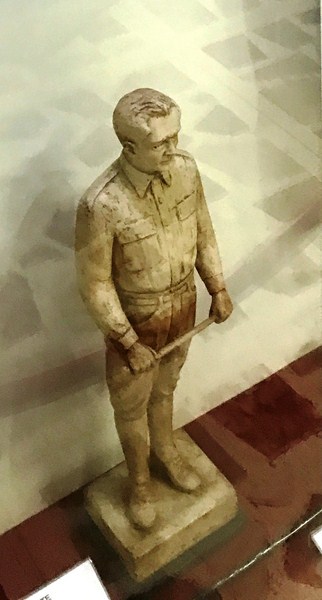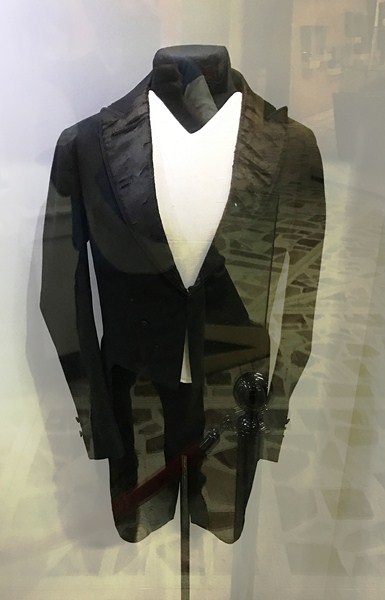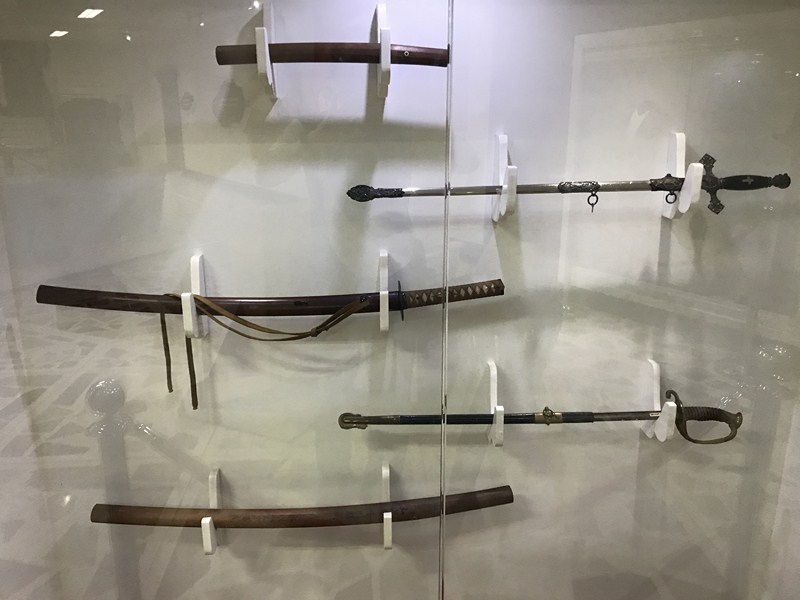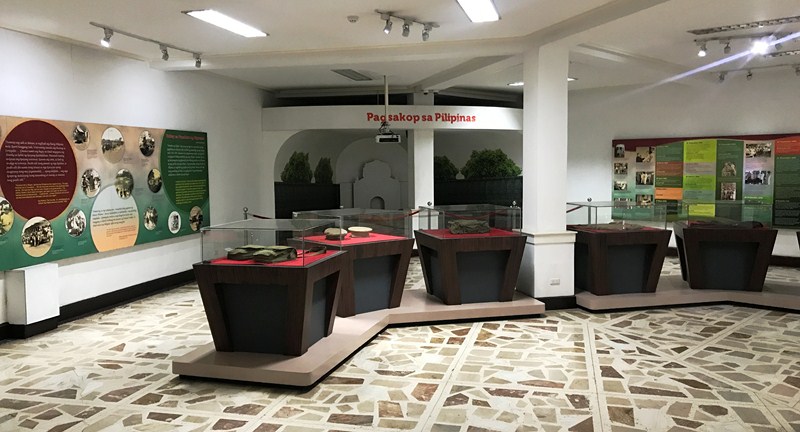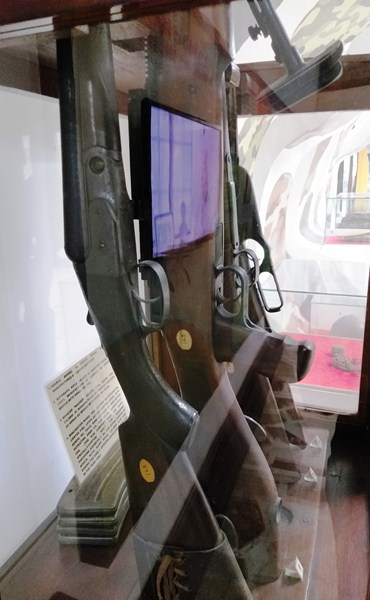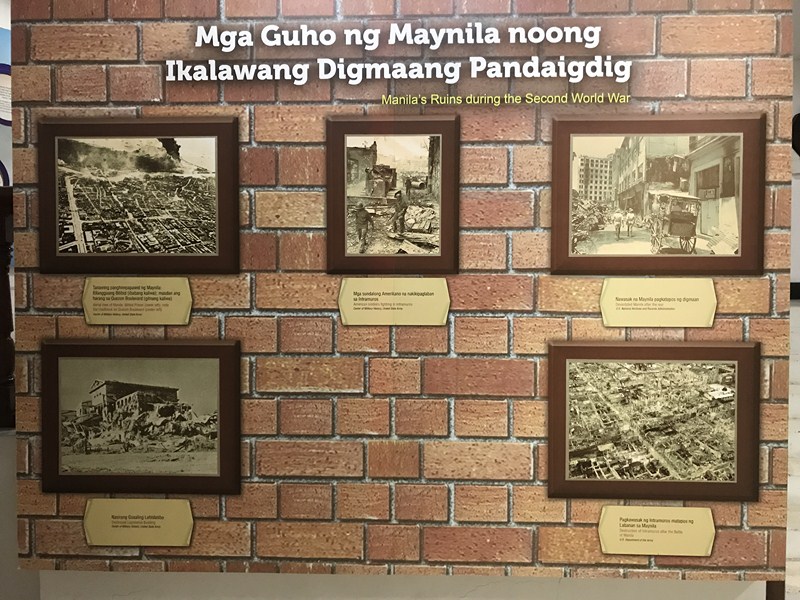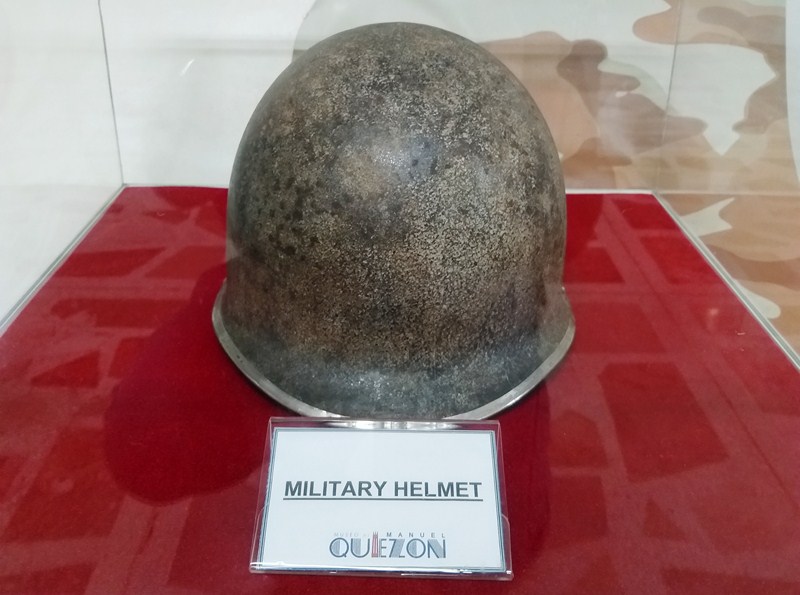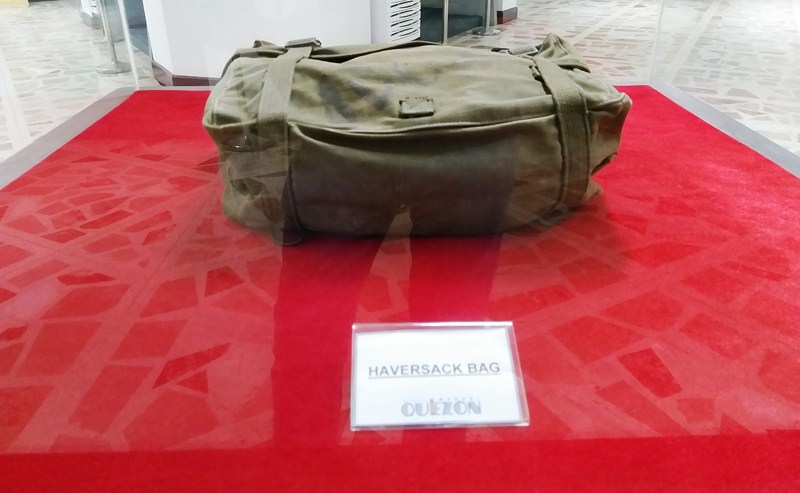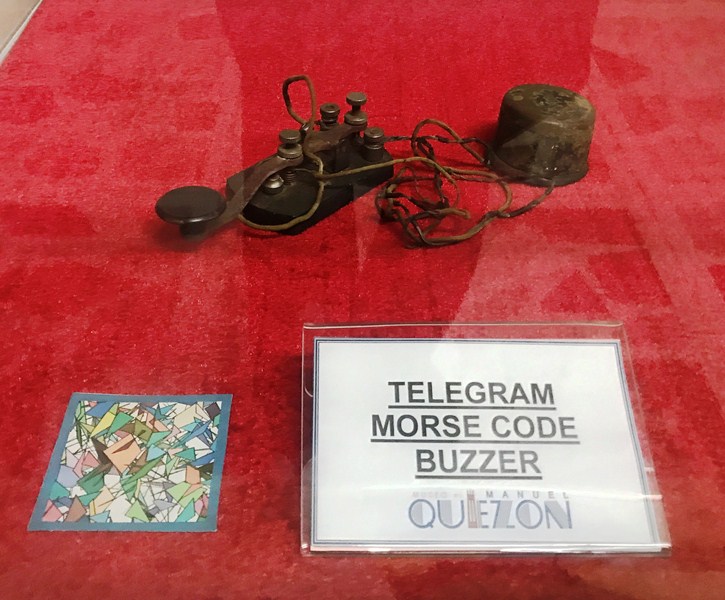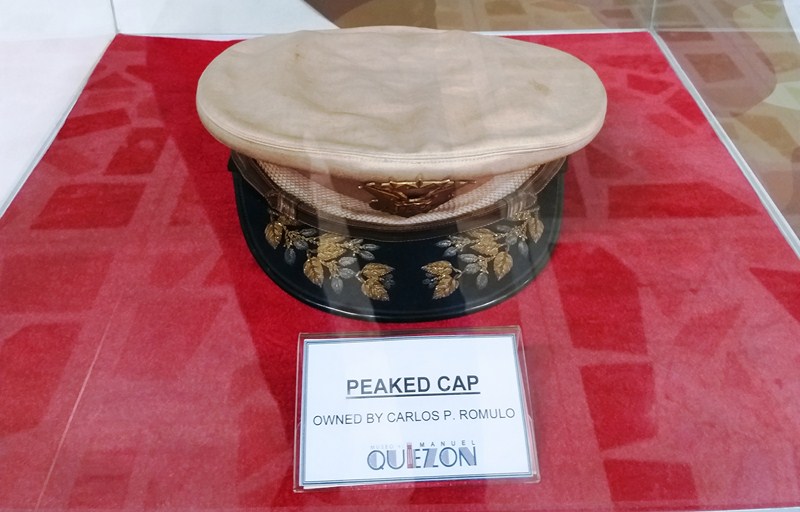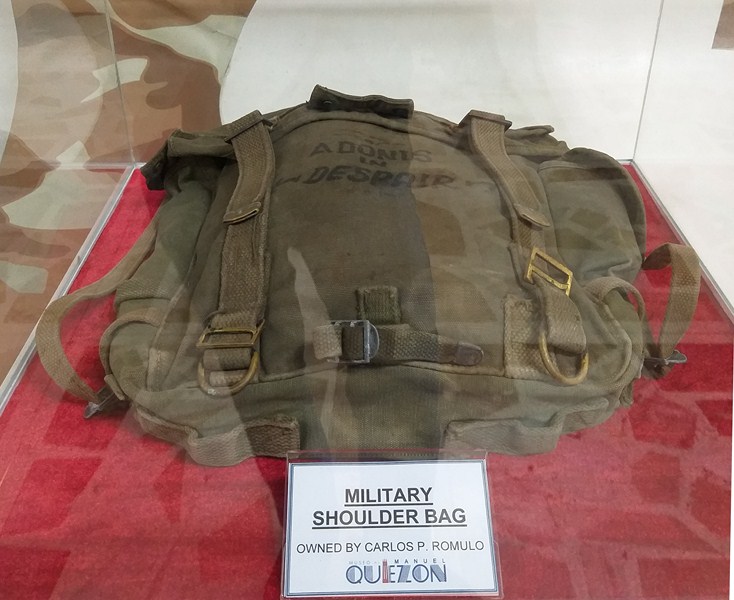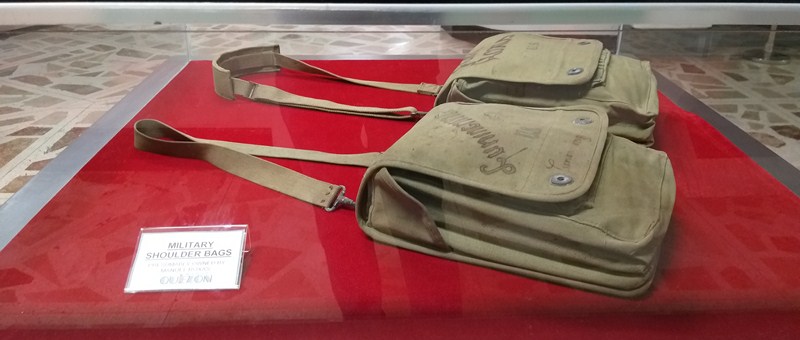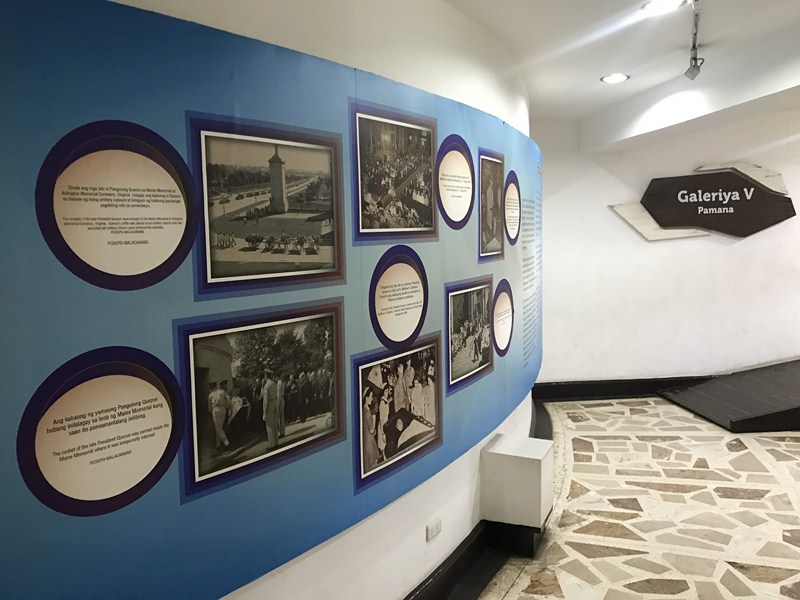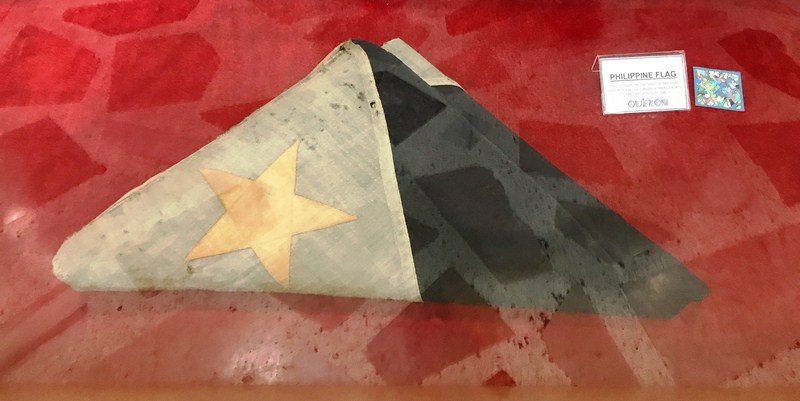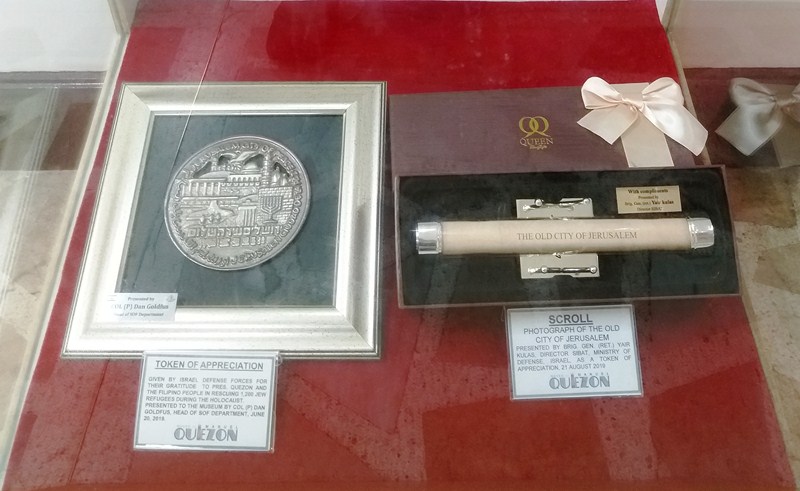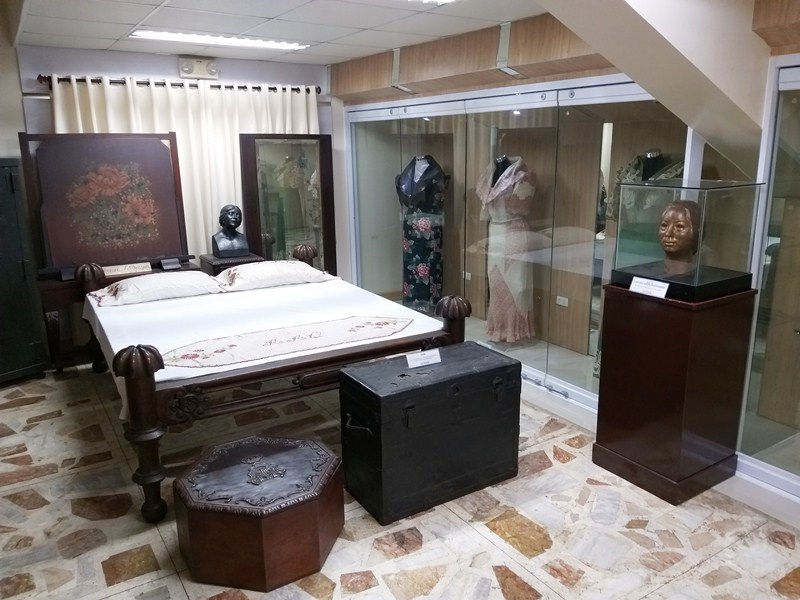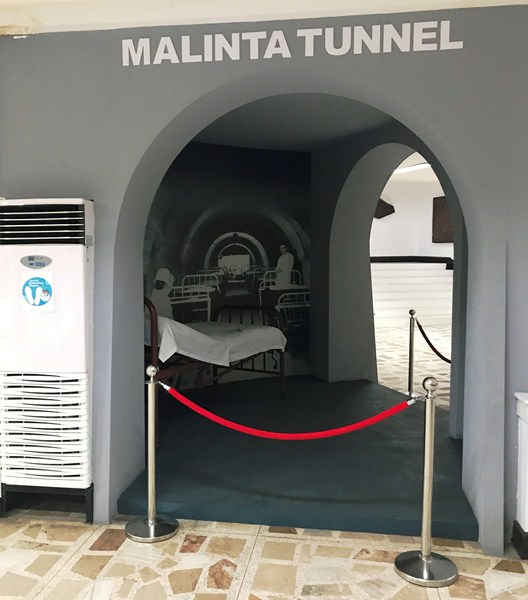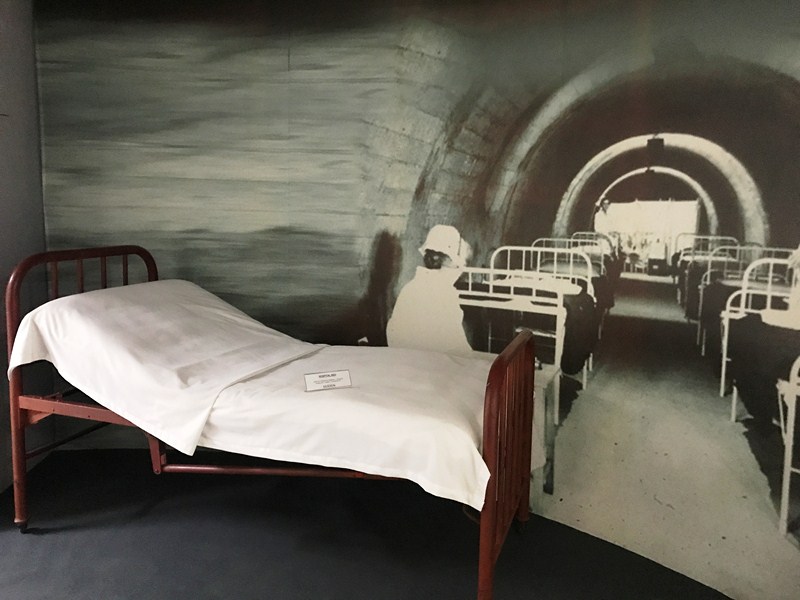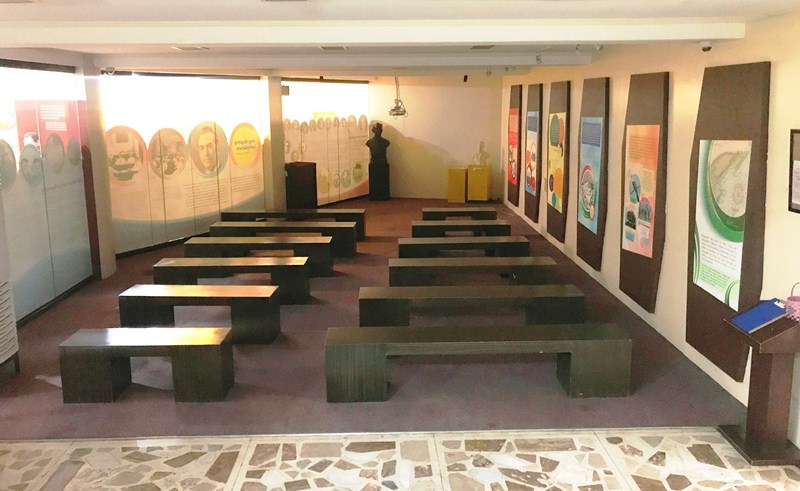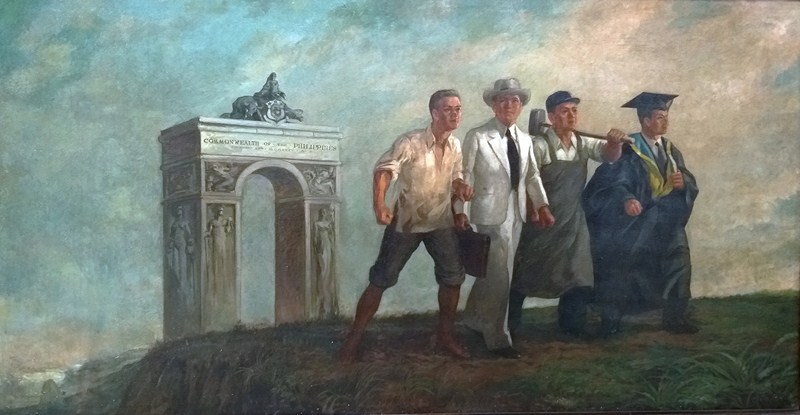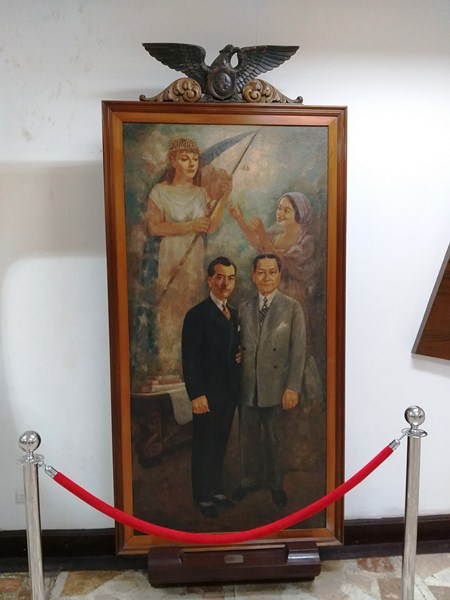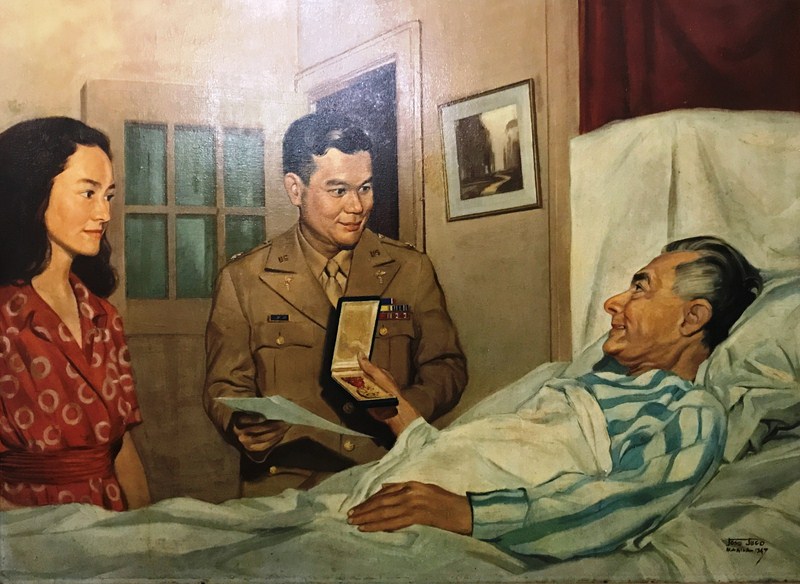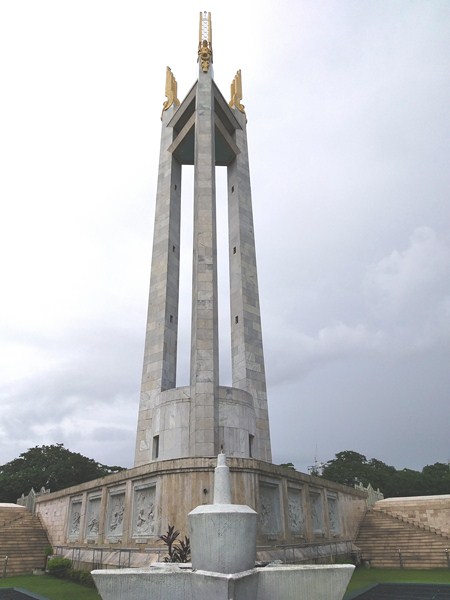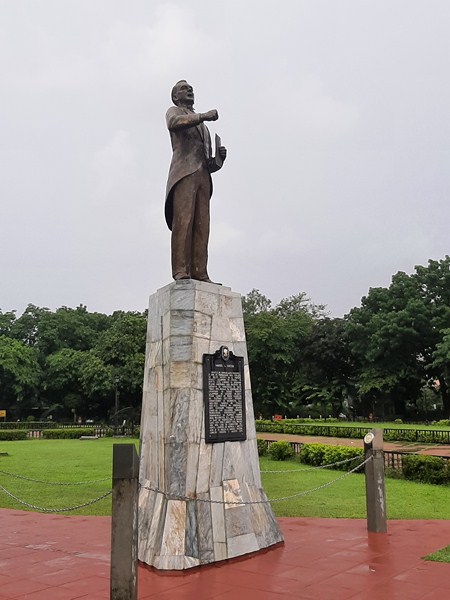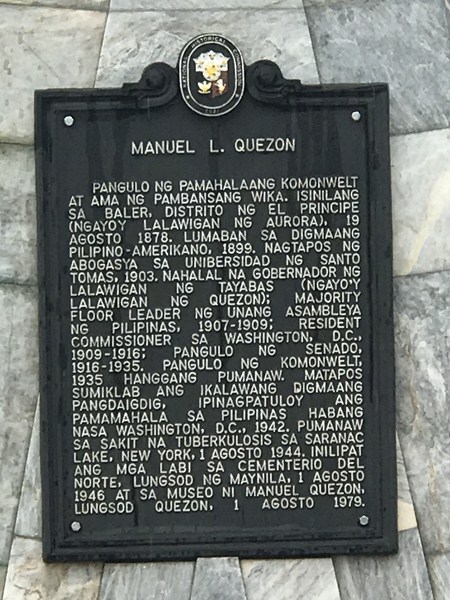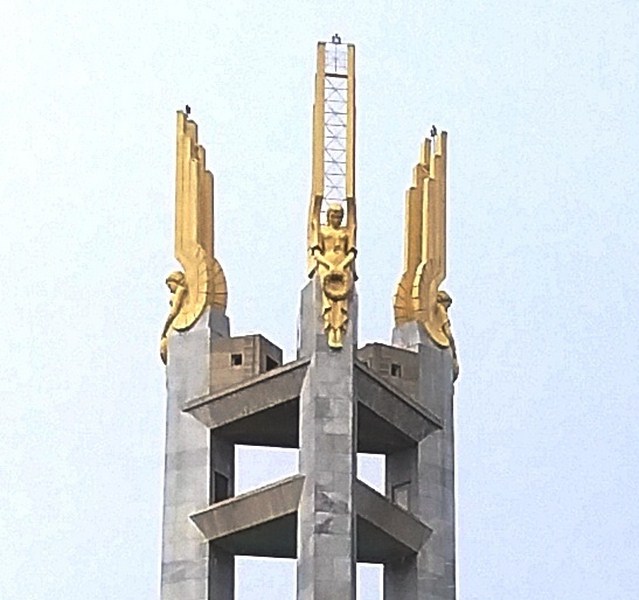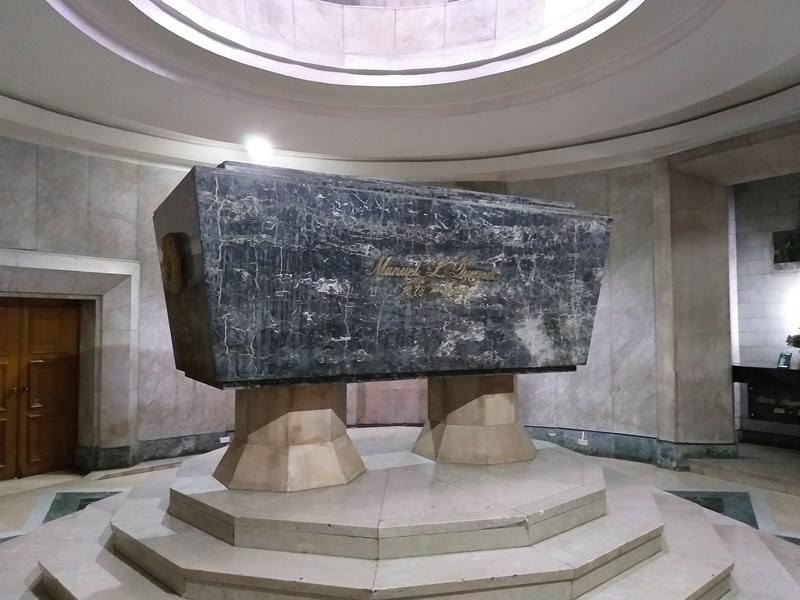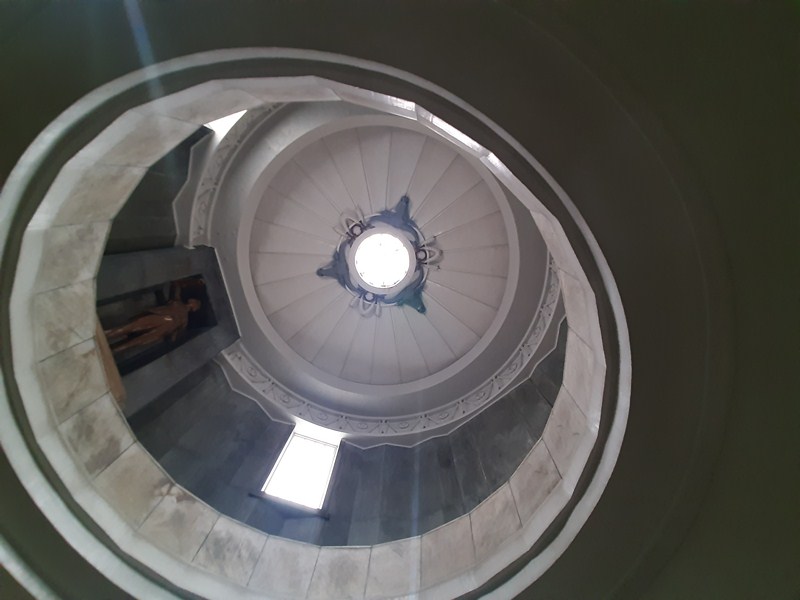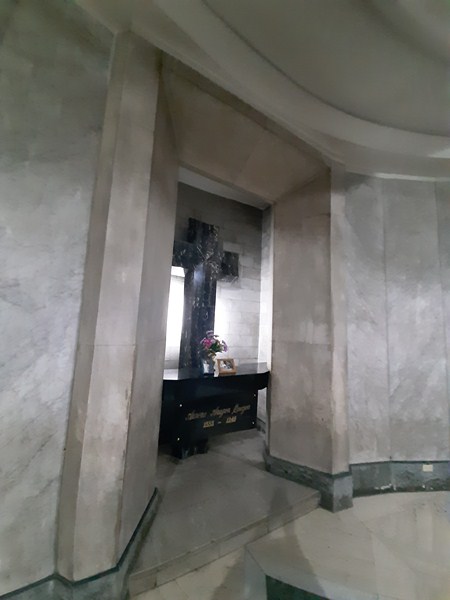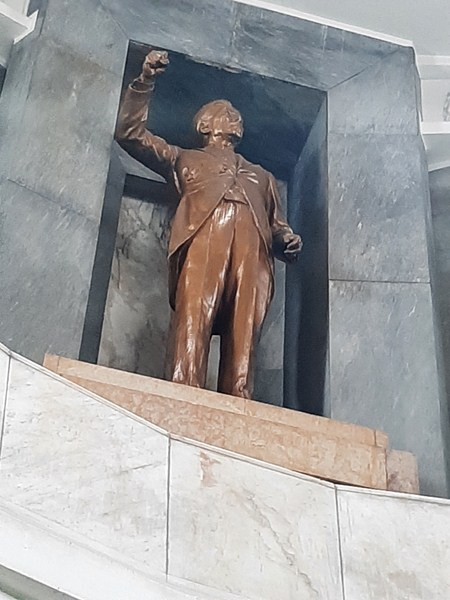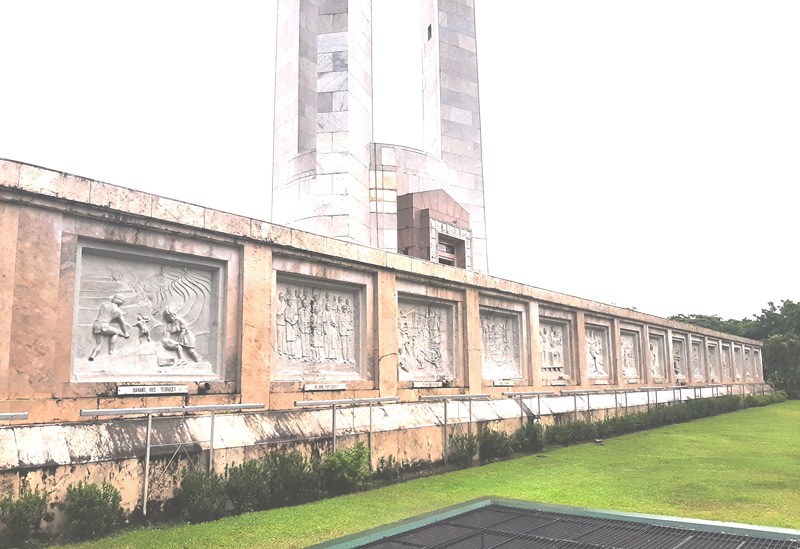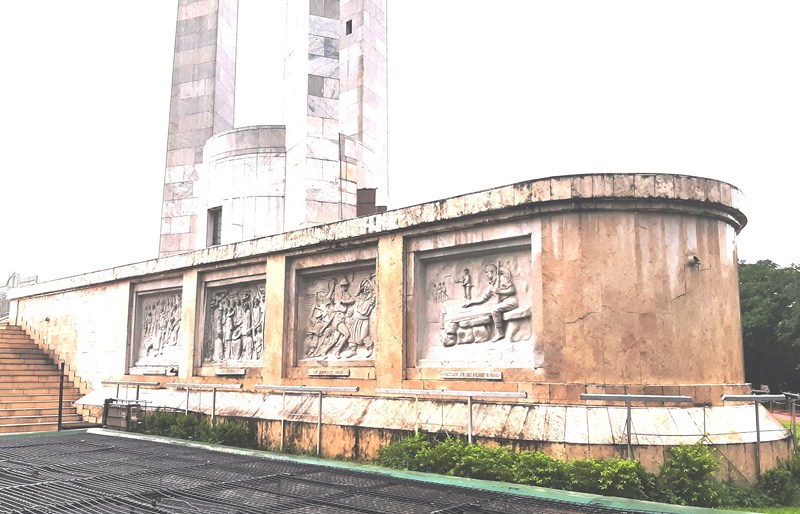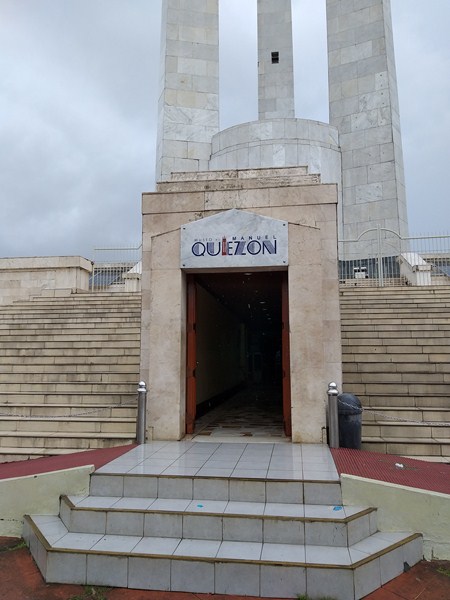The Quezon Heritage House, a historic house museum within the grounds of the Quezon Memorial Circle, is situated across the Quezon City Hall. It serves as a museum focusing on the personal life of former President Manuel Quezon, complementing the nearby Museo ni Manuel L. Quezon at the base of the Quezon Memorial Shrine which focuses on the former president’s political career.
Check out “Quezon Memorial Circle,” “Quezon Memorial Shrine” and “Museo ni Manuel L. Quezon”
Built in 1927, the house was originally located at 45 Gilmore Street in Hacienda Magdalena (now New Manila). The Quezons moved to the house in 1927 when it was offered to them after Manuel Quezon contracted tuberculosis as the Santol Sanitarium was just nearby. The Quezons acquired the house on installment and managed to acquire three adjacent properties near the house.
Until they were forced to flee to Corregidor in 1941 during the World War II, the house was used as a weekend home by the Quezons. After Manuel Quezon died in 1944, his family moved back to the house the next year, making it again as their family weekend house. Later, it was occupied by the family of Maria Zeneida Quezon-Avanceña but, due to health reasons, she later moved out of the house to reside in Alabang.
During the administration of then city mayor Feliciano Belmonte Jr., plans to preserve the house were made. Belmonte approached the National Historical Commission of the Philippines and had talks on the city government’s prospects of acquiring the house, as well as the registration of the building as a heritage site. However, the house did not meet all requirements for the designation.
The house was sold in 2012 and was about to be razed, when Mayor Herbert M. Bautista (born May 12, 1968) had the house disassembled and reconstructed in Quezon Memorial Circle. In April 2013, a new foundation was laid for the house and then the house in Gilmore was disassembled. About 60% of the parts of the house were removed with care and used for restoration. In June of the same year, the disassembling process was finished.
The total cost for the relocation was ₱10 million. The Quezon family also donated some furniture and fixtures for the house. In 2015, the Quezon Heritage House was designated as a Local Heritage Site of Quezon City by virtue of Ordinance No. SP-2428 passed by the Quezon City Council.
The two-storey Quezon Heritage House, painted in beige and white, did not follow strictly the Neo-Classical style theme as it underwent, in the span of more than 50 years, several modifications by the Quezon family. Serving as the main entrance of the house are glass doors etched with bamboo with iron-wrought leaves, one of the non-Neo-Classical features of the heritage house.
An adjacent, single-storey rectangular social hall, present in the Quezon house complex, has round columns and features Fu Dog sculptures and two Caryatids as part of the support. A rectangular pool, between the social hall and the house building, was converted into a fountain when the building was transferred to the Quezon Memorial Circle.
The house’s living room, on the ground floor, was used by former First Lady Aurora Quezon as her office where she was establishing the Philippine National Red Cross. Also on the same floor is a room used by Aurora as her age advances. During the time the Quezon-Avanceñas were occupying the house, it was used as a guest room. A kitchen, each for the first and second floor, was also constructed.
The second floor, the primary attraction of the museum, is where the two bedrooms, with the original narra beds, of former president Quezon and his wife (the couple had separate rooms due to Manuel Quezon’s illness) are situated. Both are linked by a comfort room. The original spiral staircase was retained upon its relocation to its current place. The cabinets and mirrors, doors, grills and some stained glass panels are all original.
Aside from featuring the interiors, furnishing and properties of the Quezón family, also on display are artworks by Guillermo Estrella Tolentino (1890 -1976), Miguel Geronimo Galvez (1912-1989), Loreto T. Racuya (born 1940), German M. Icarangal (1914-1984), R.F. Tapino, P. Żółcią, and E.P. Lim.
Beside the Quezon Heritage House is the Philippine-Israel Friendship Park, inaugurated in 2017, which commemorates Pres. Quezón’s opening the Philippines to Jewish refugees from the Nazi persecution of World War II.
Quezon Heritage House: Quezon Memorial Shrine, Quezon Memorial Circle, Elliptical Road, Diliman, Quezon City, Metro Manila. Admission is free. Coordinates: 14°38′58.4″N 121°03′01.1″E

